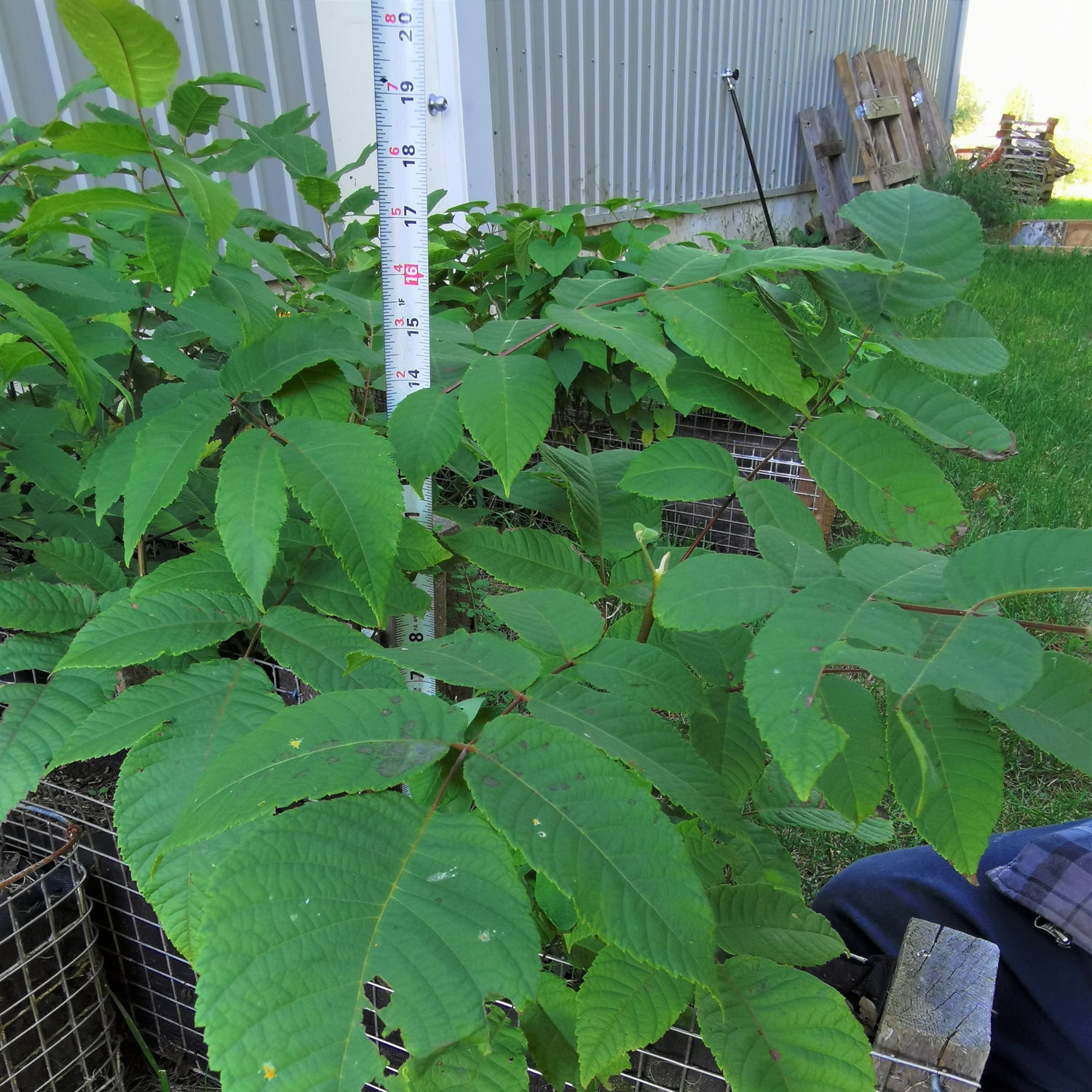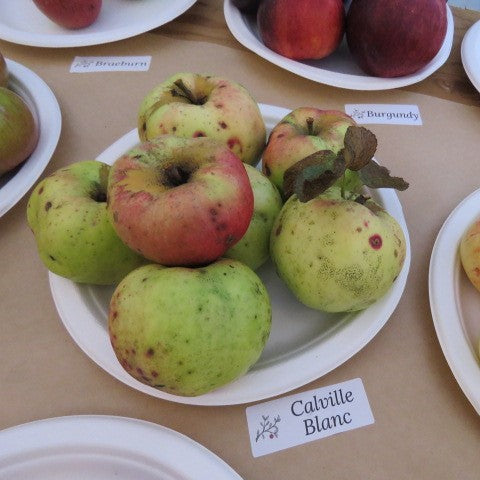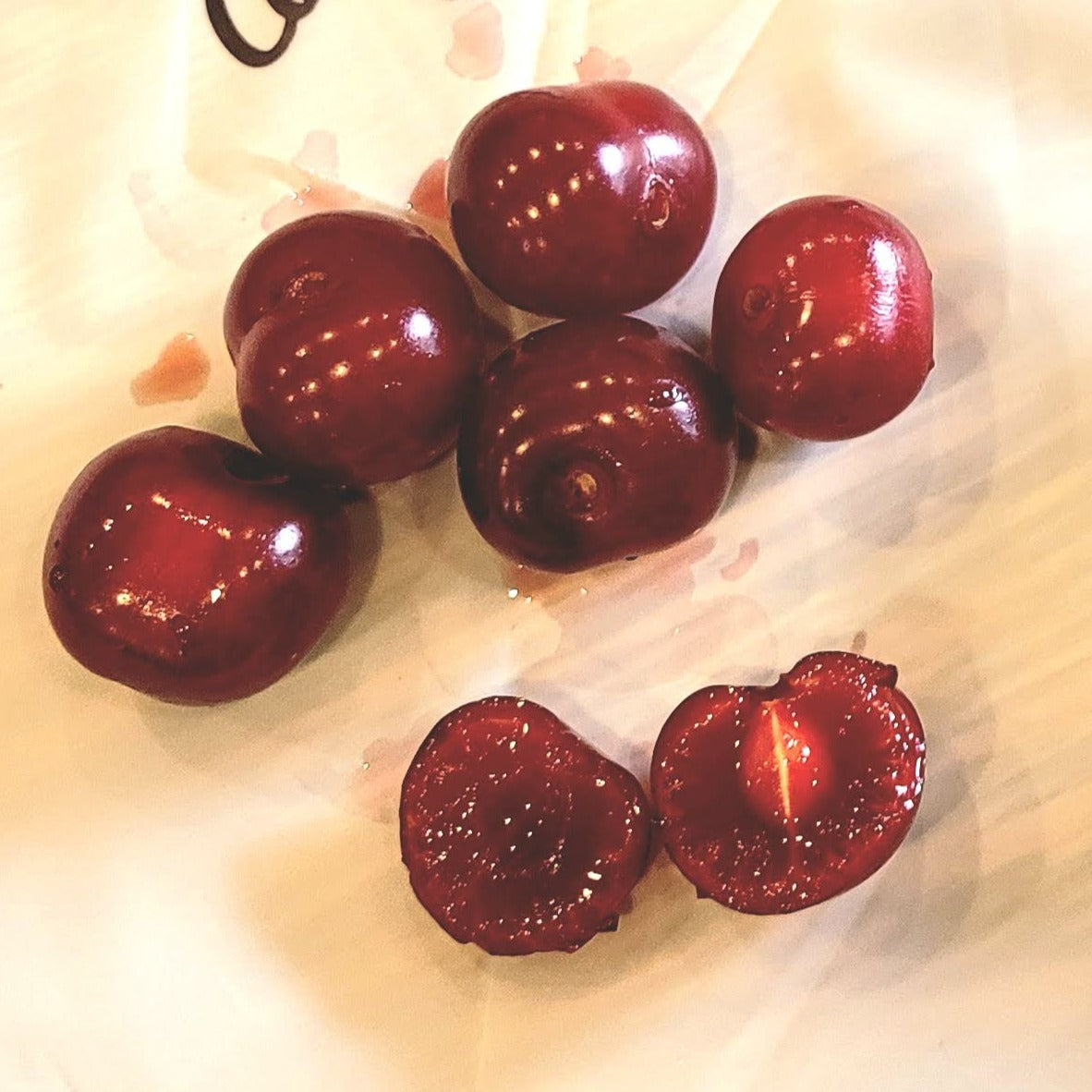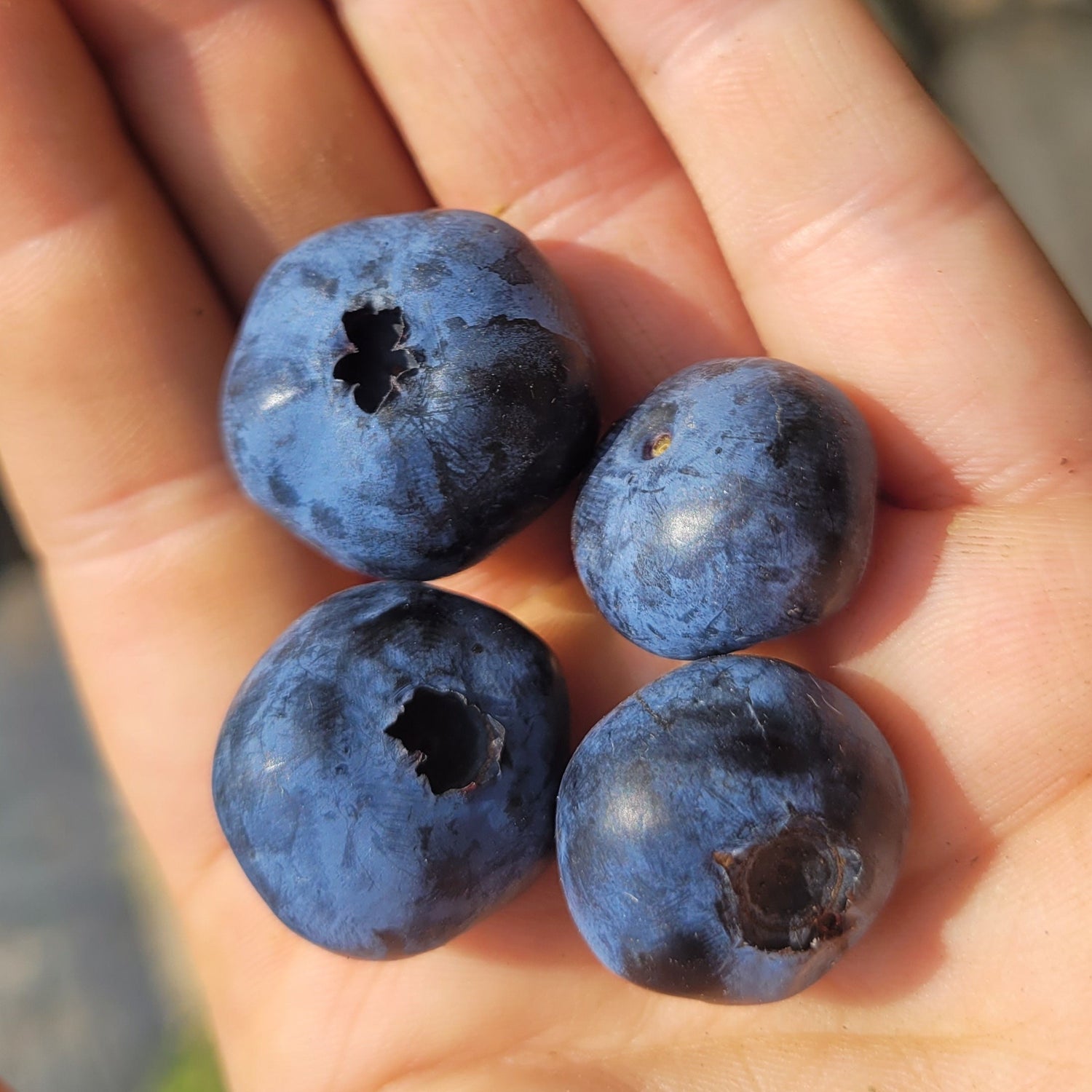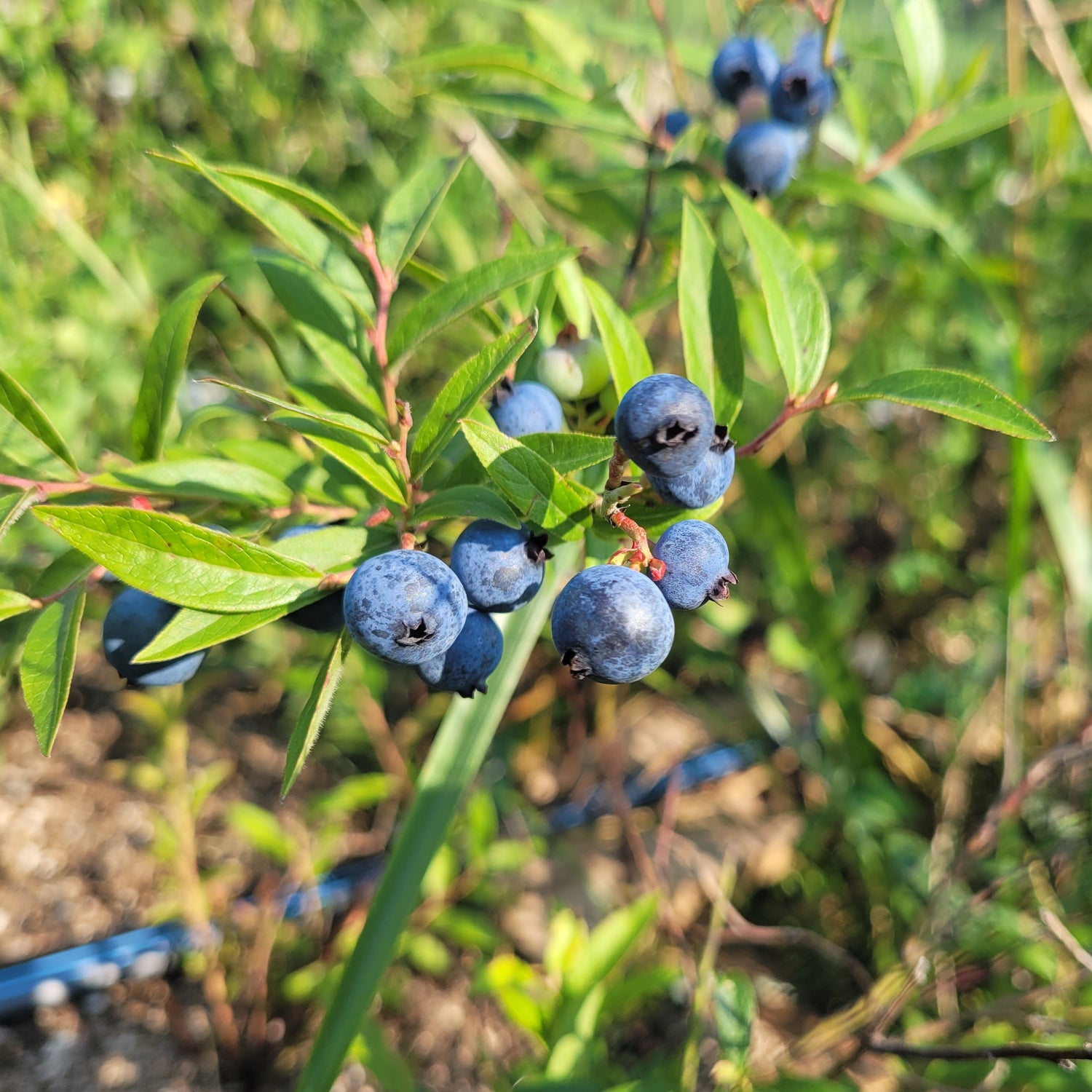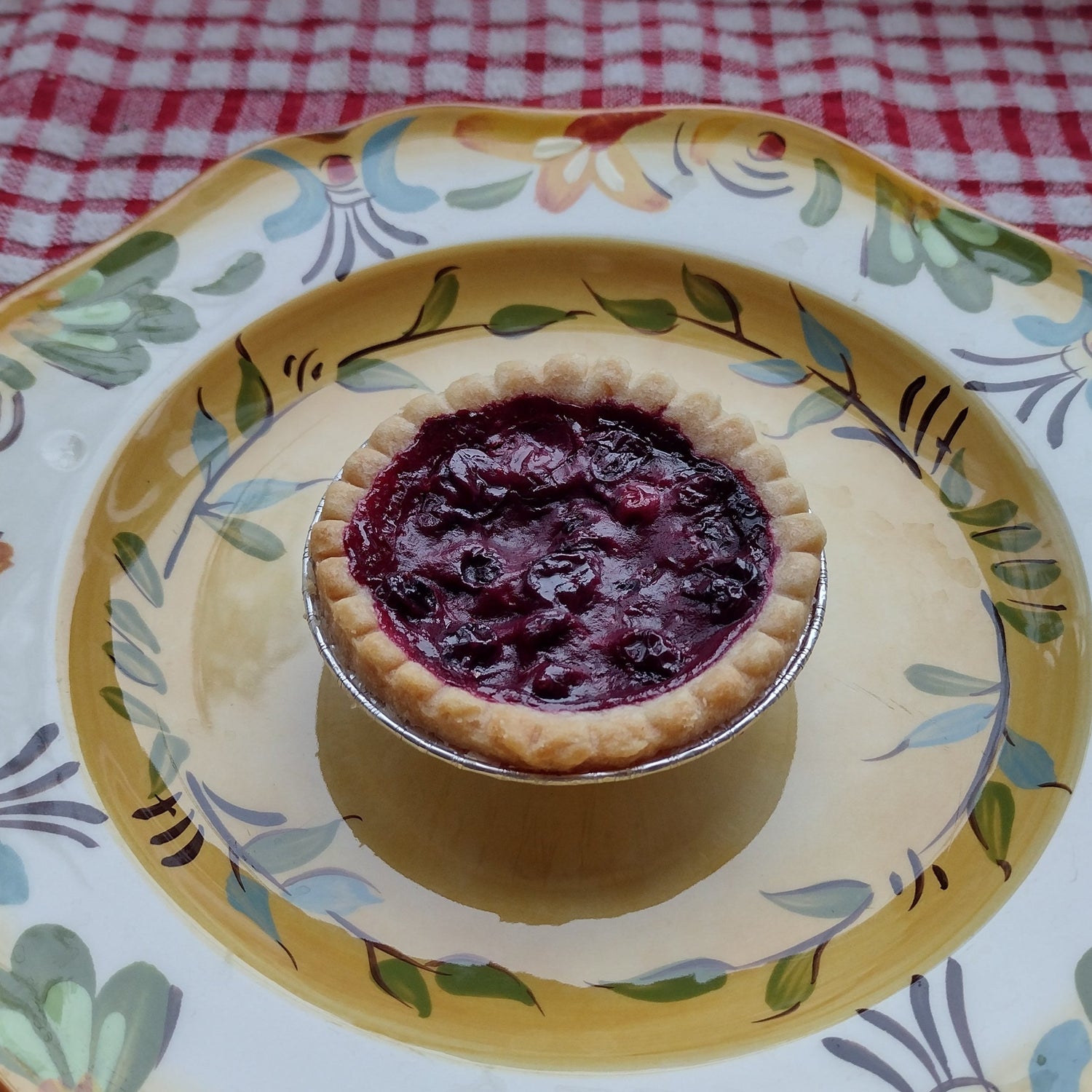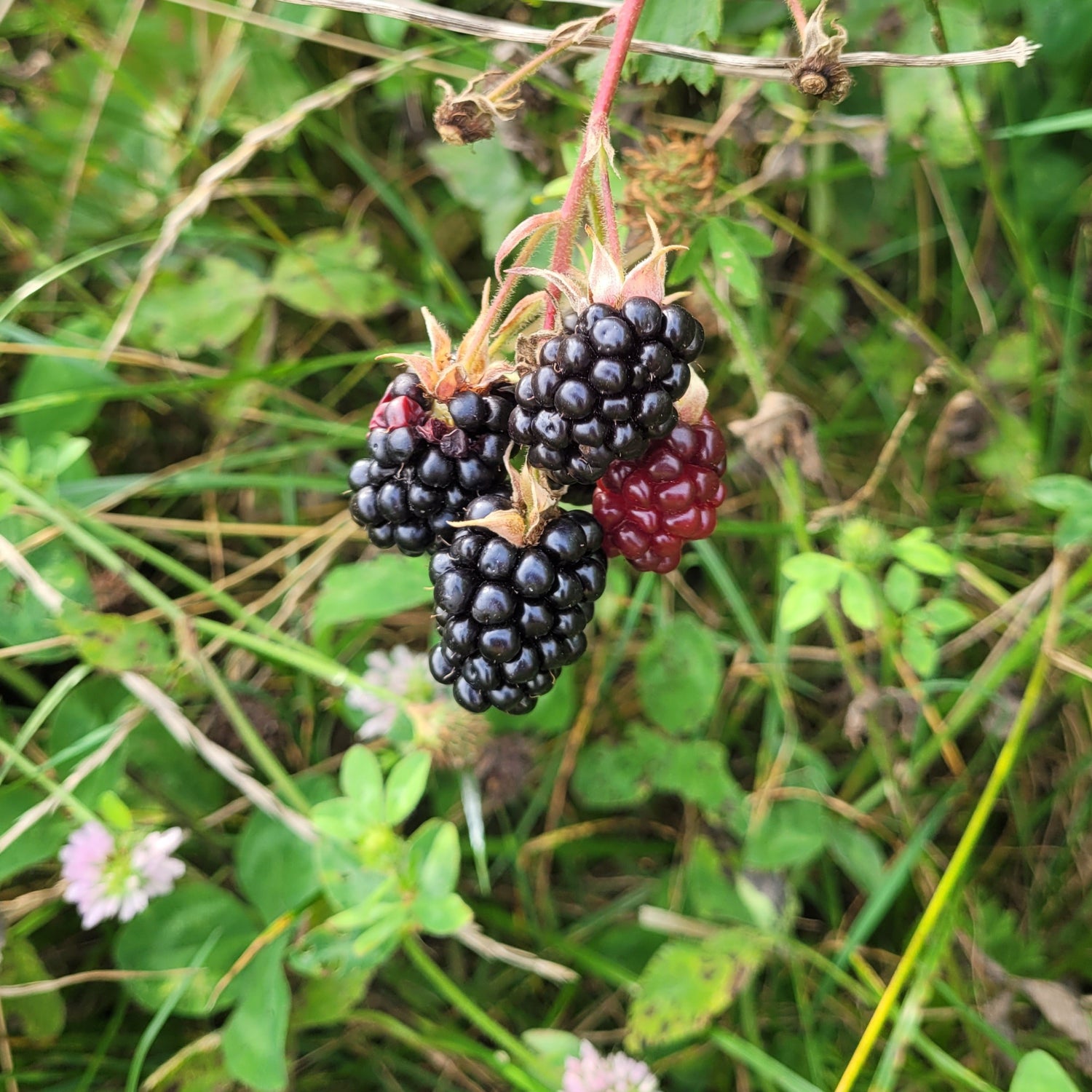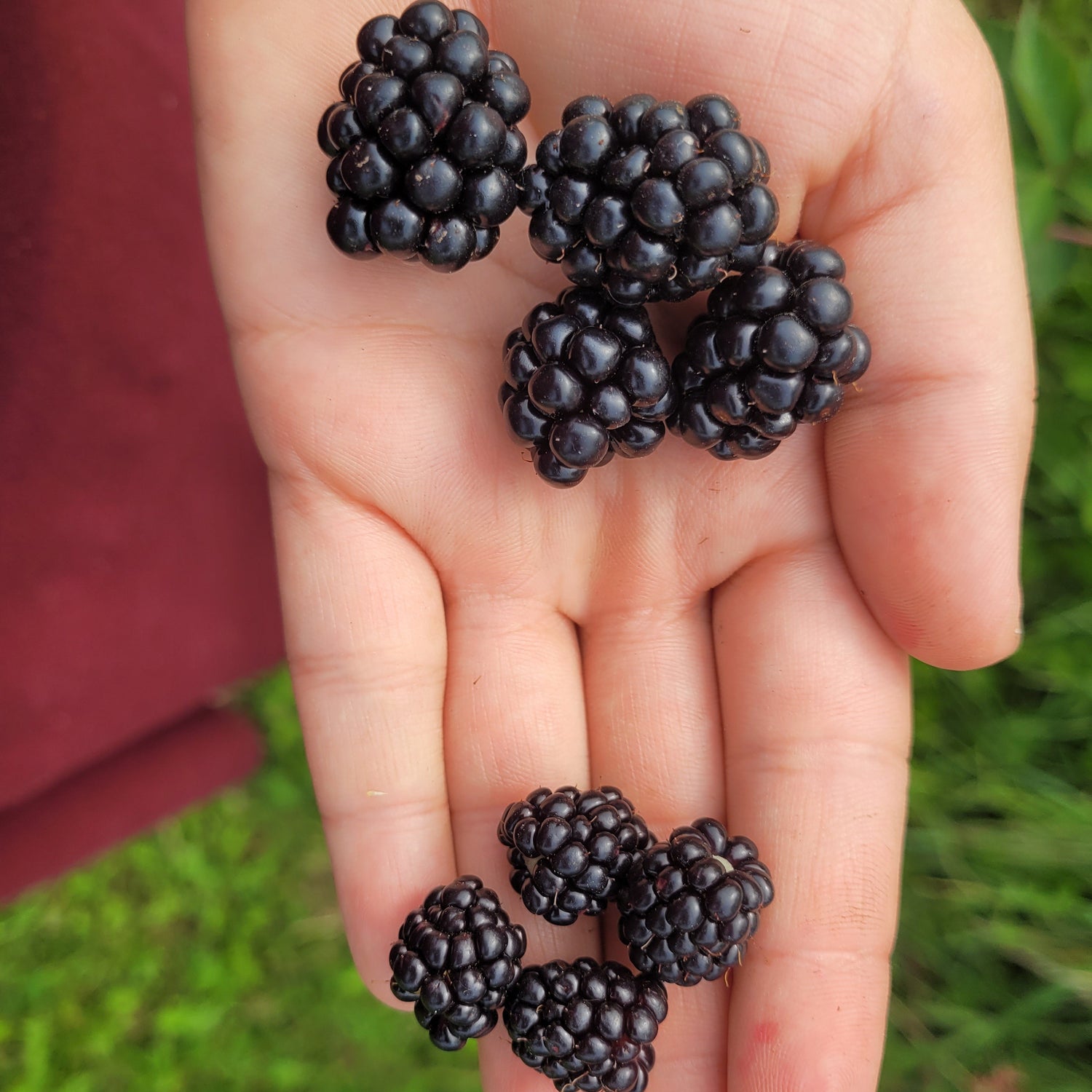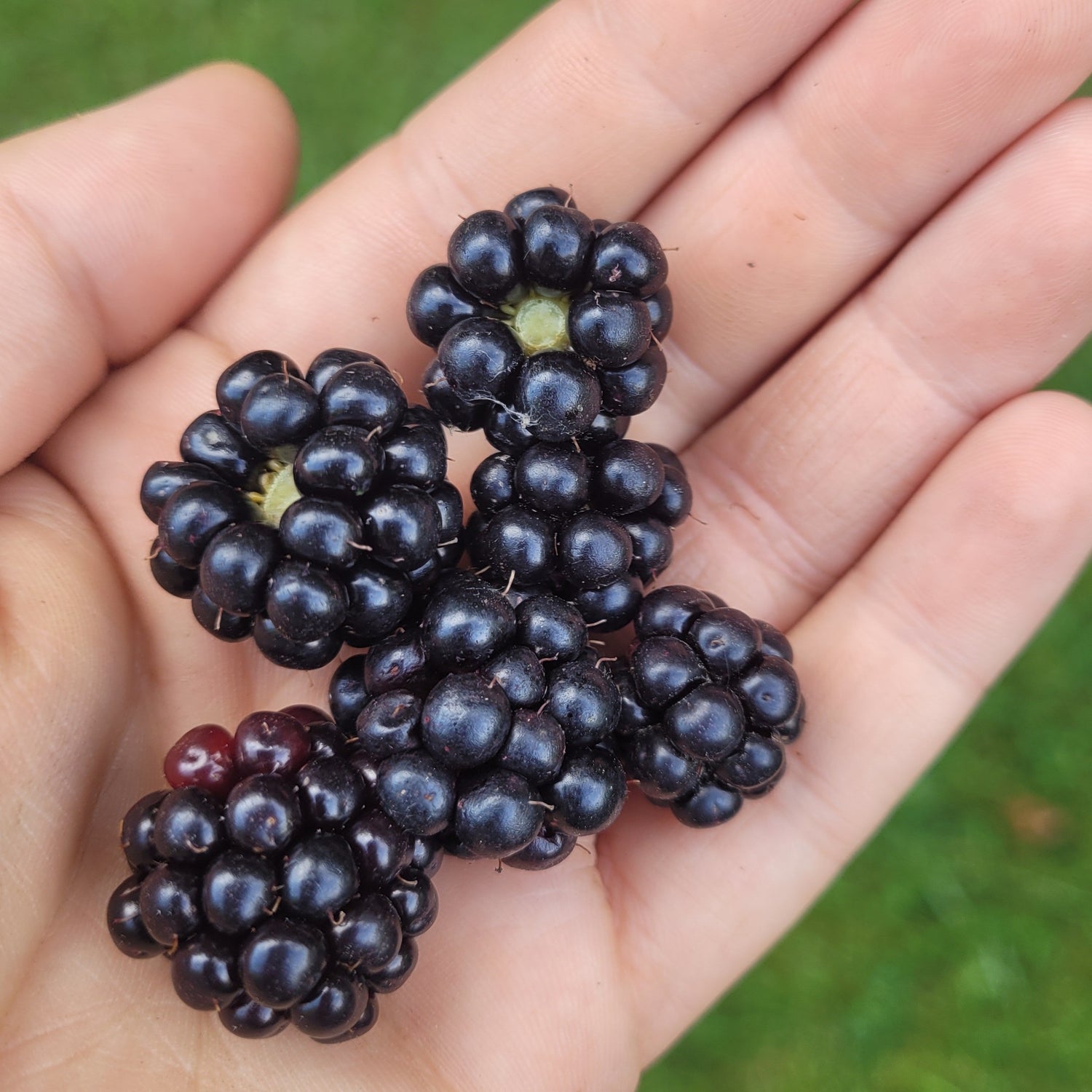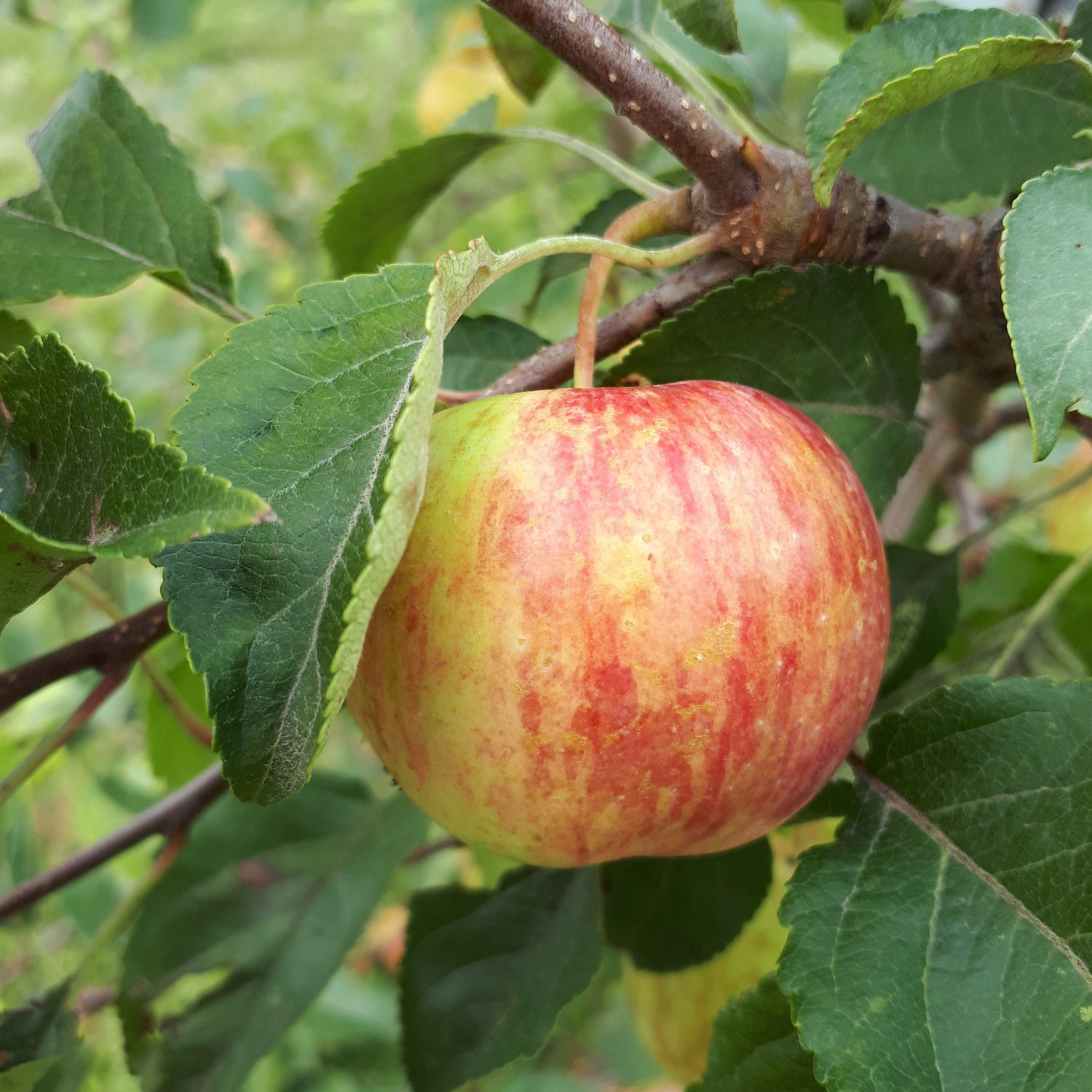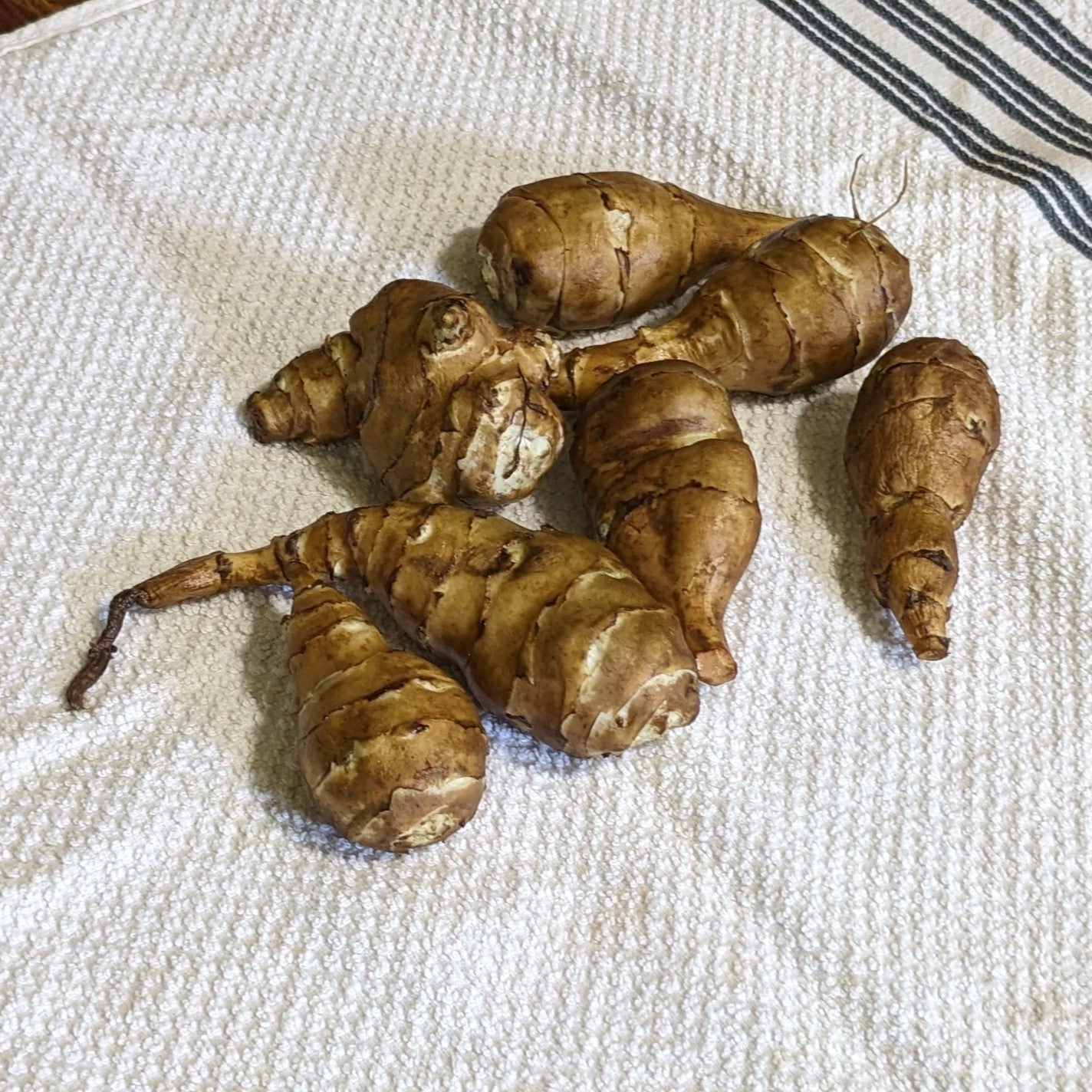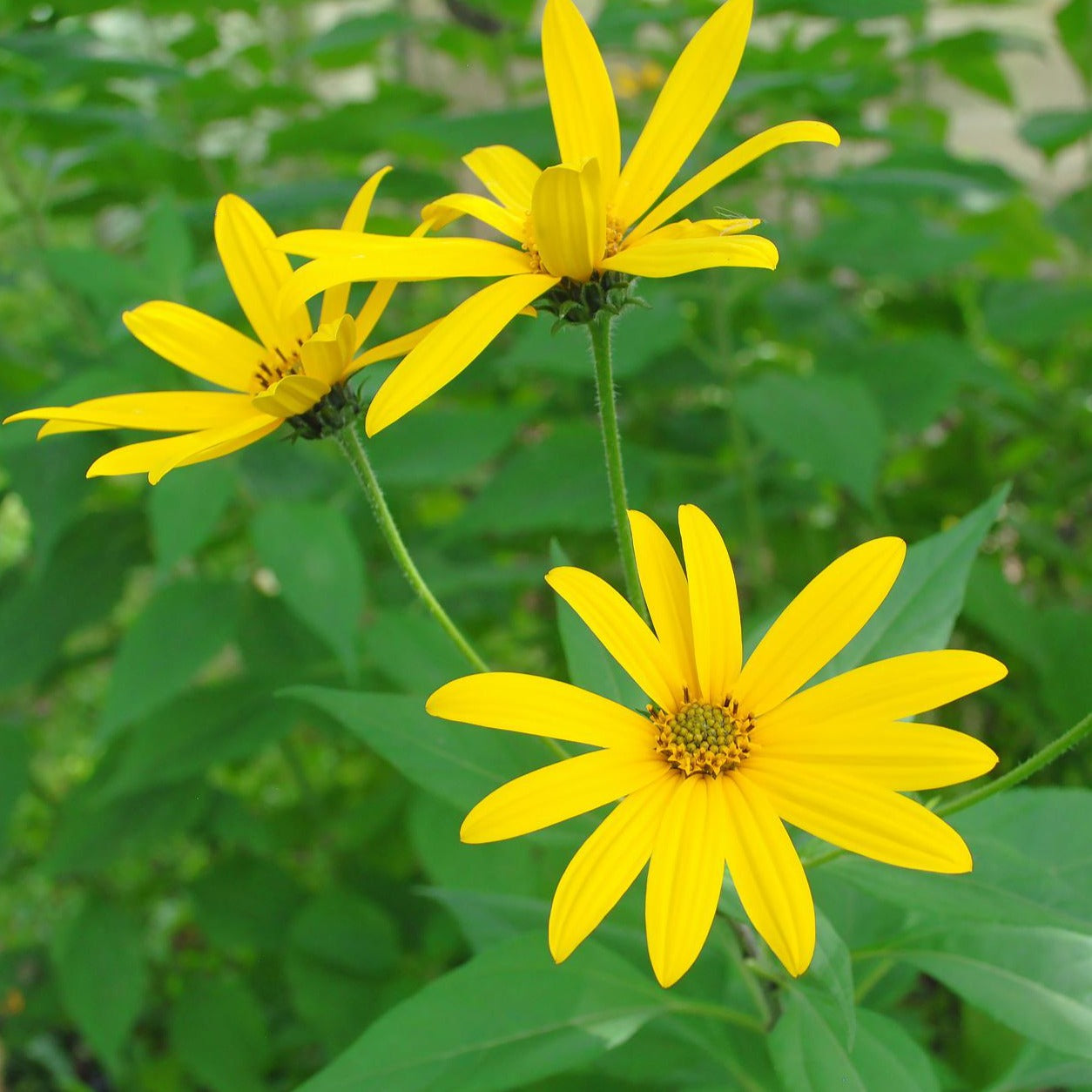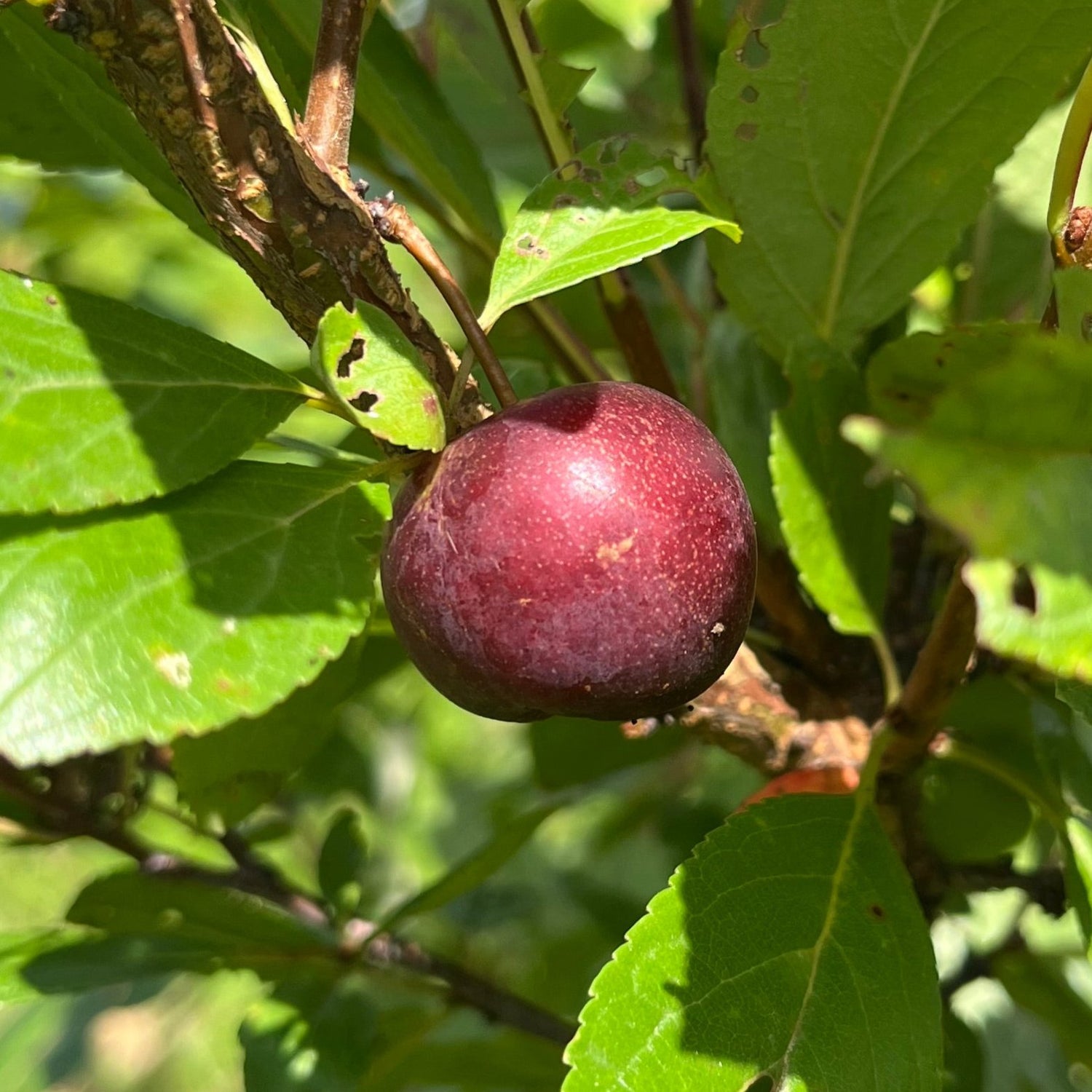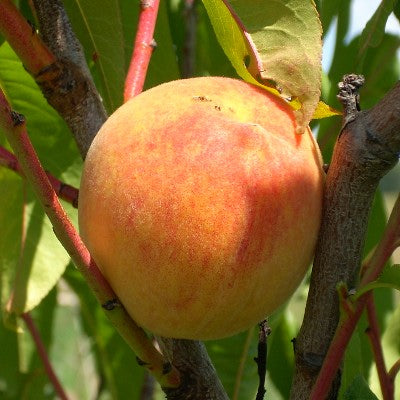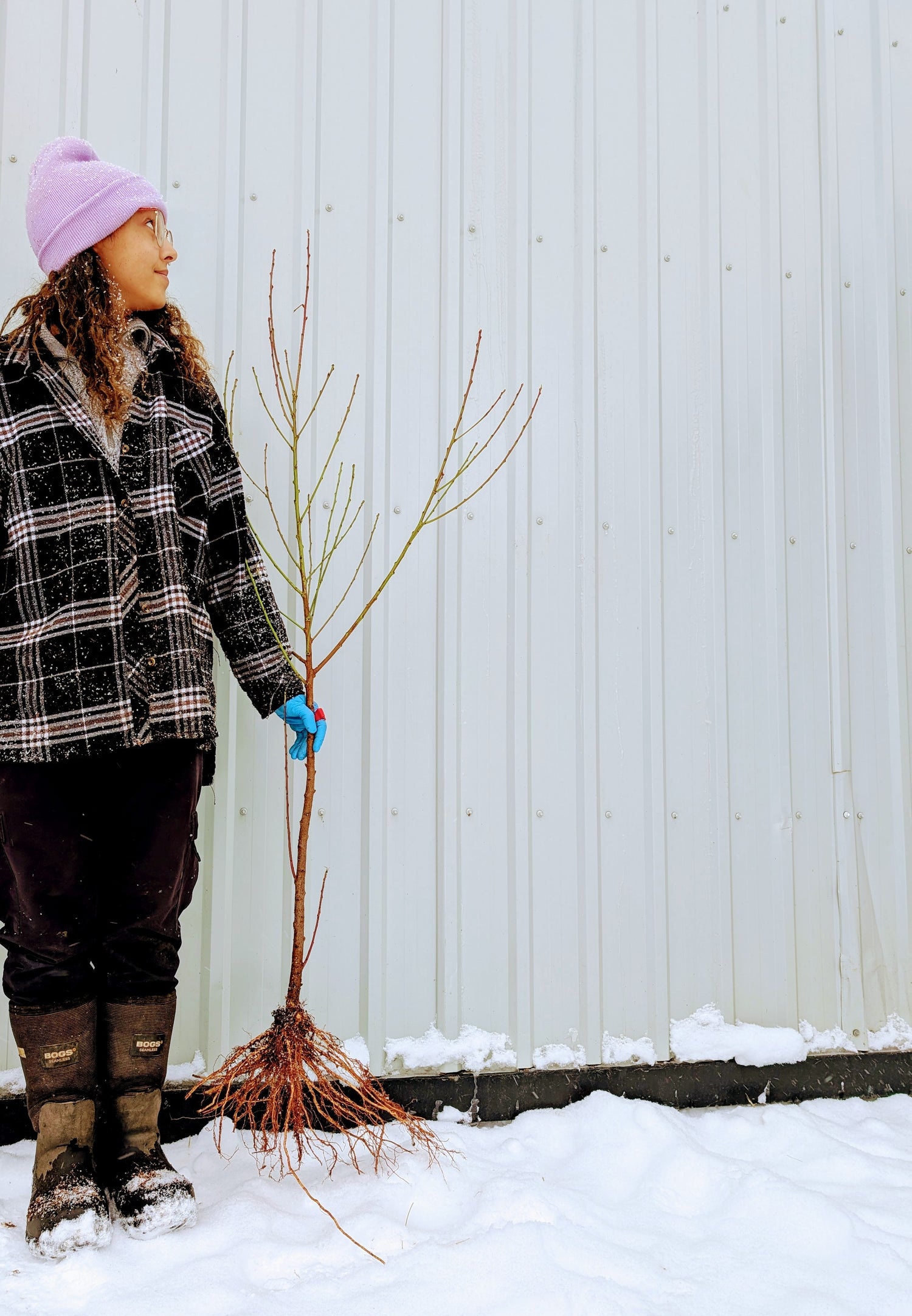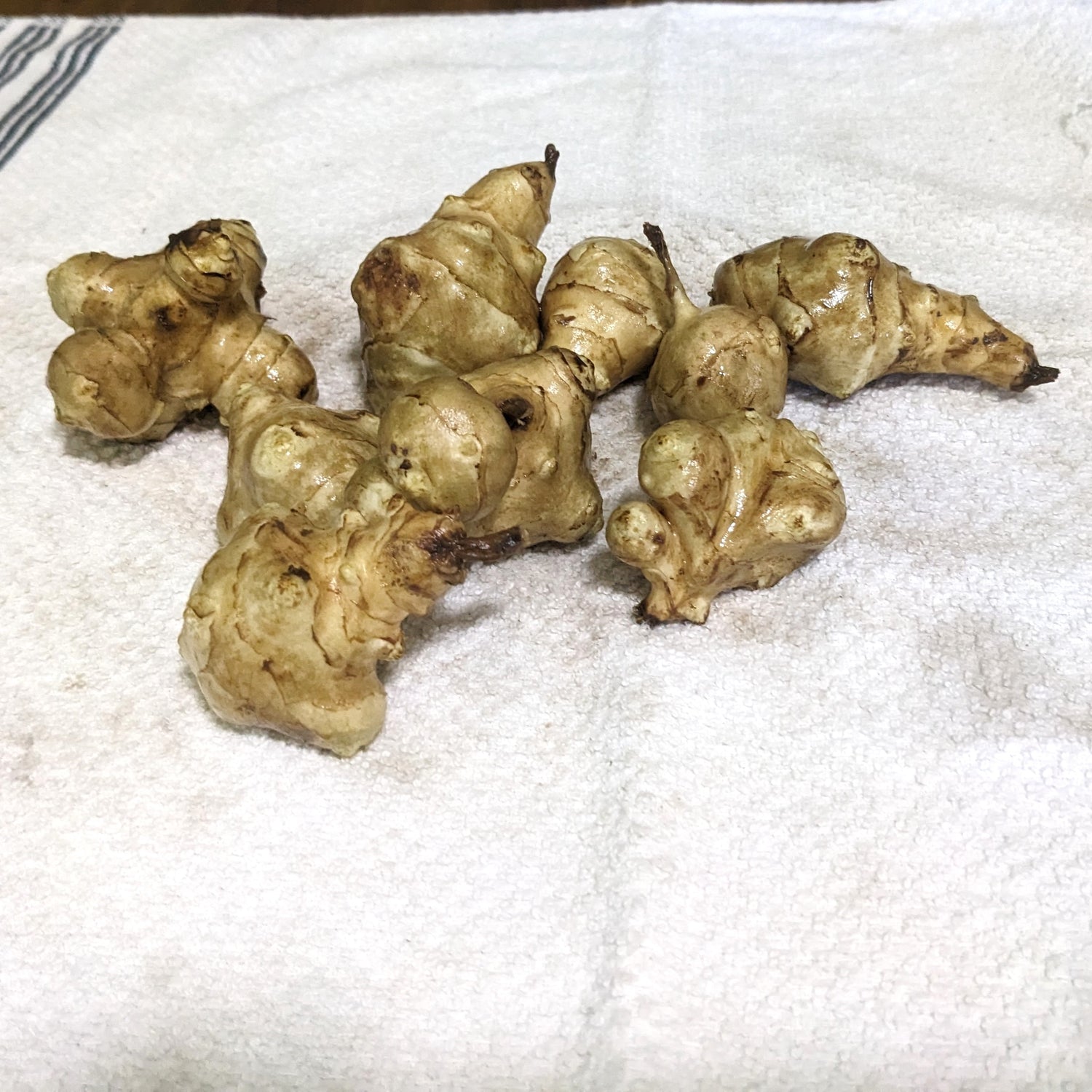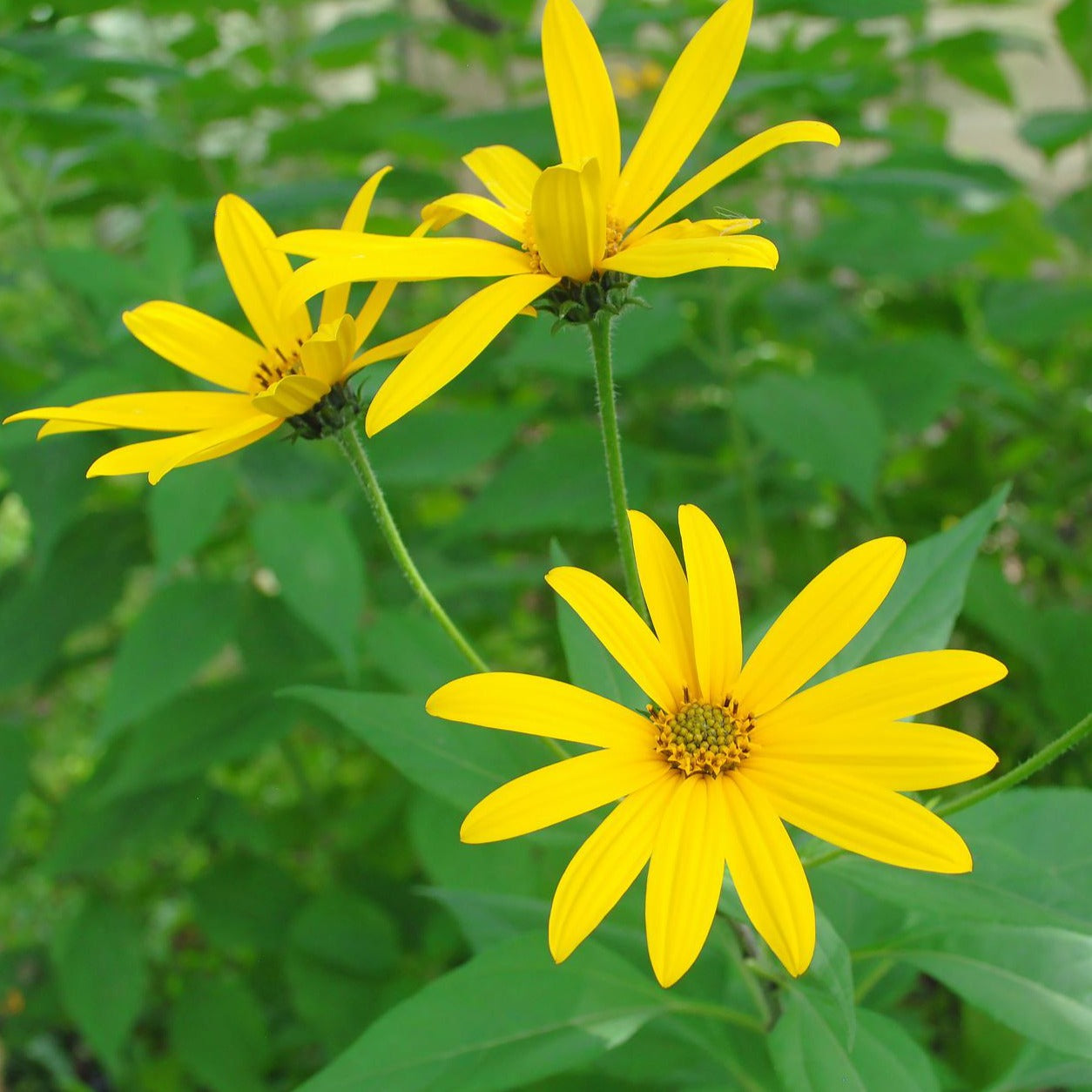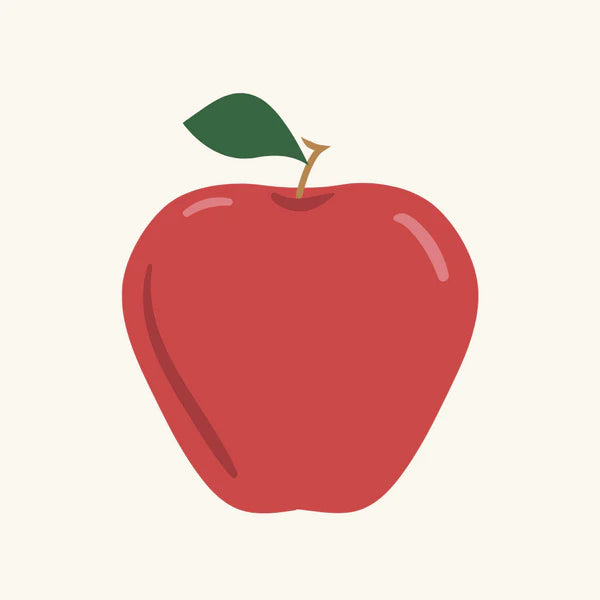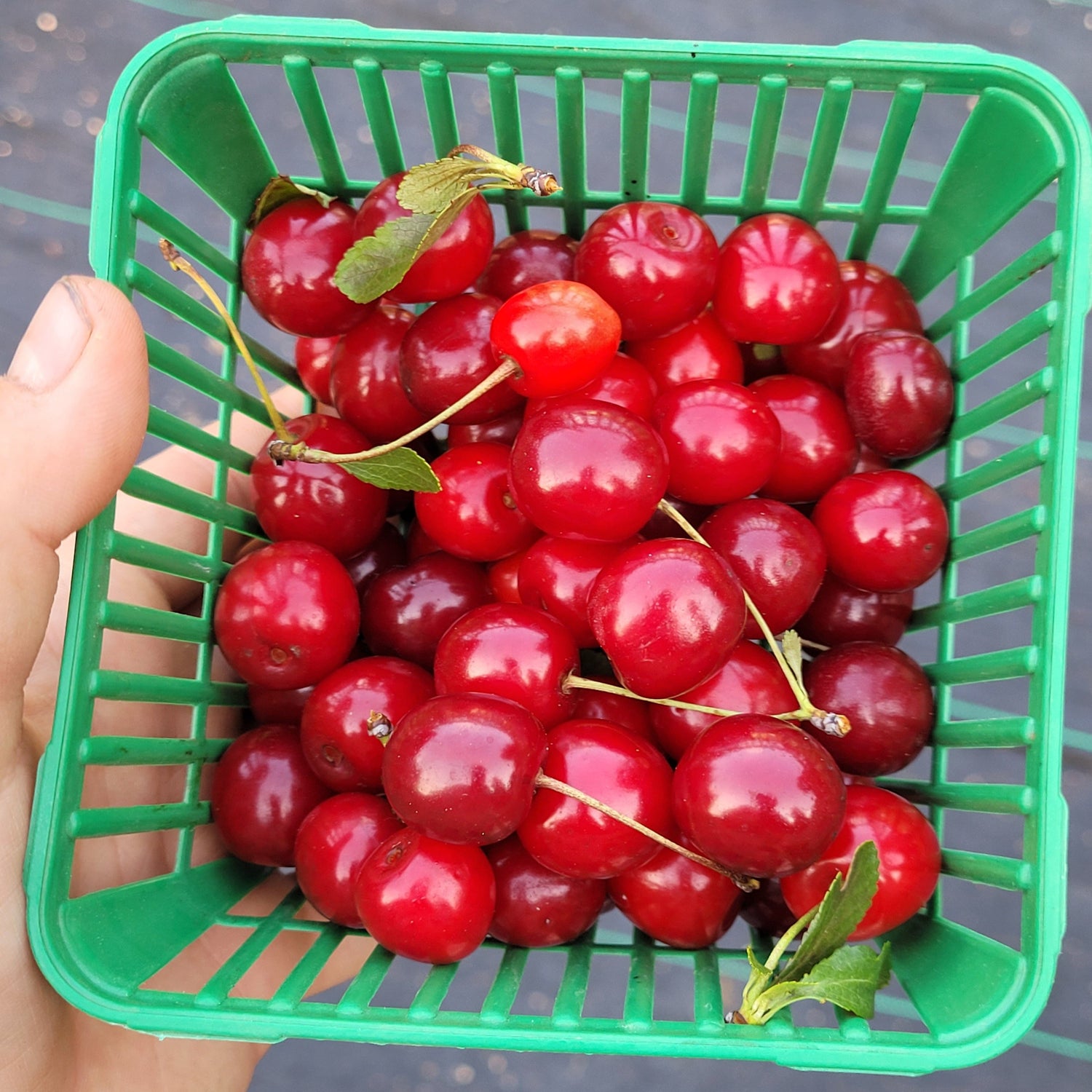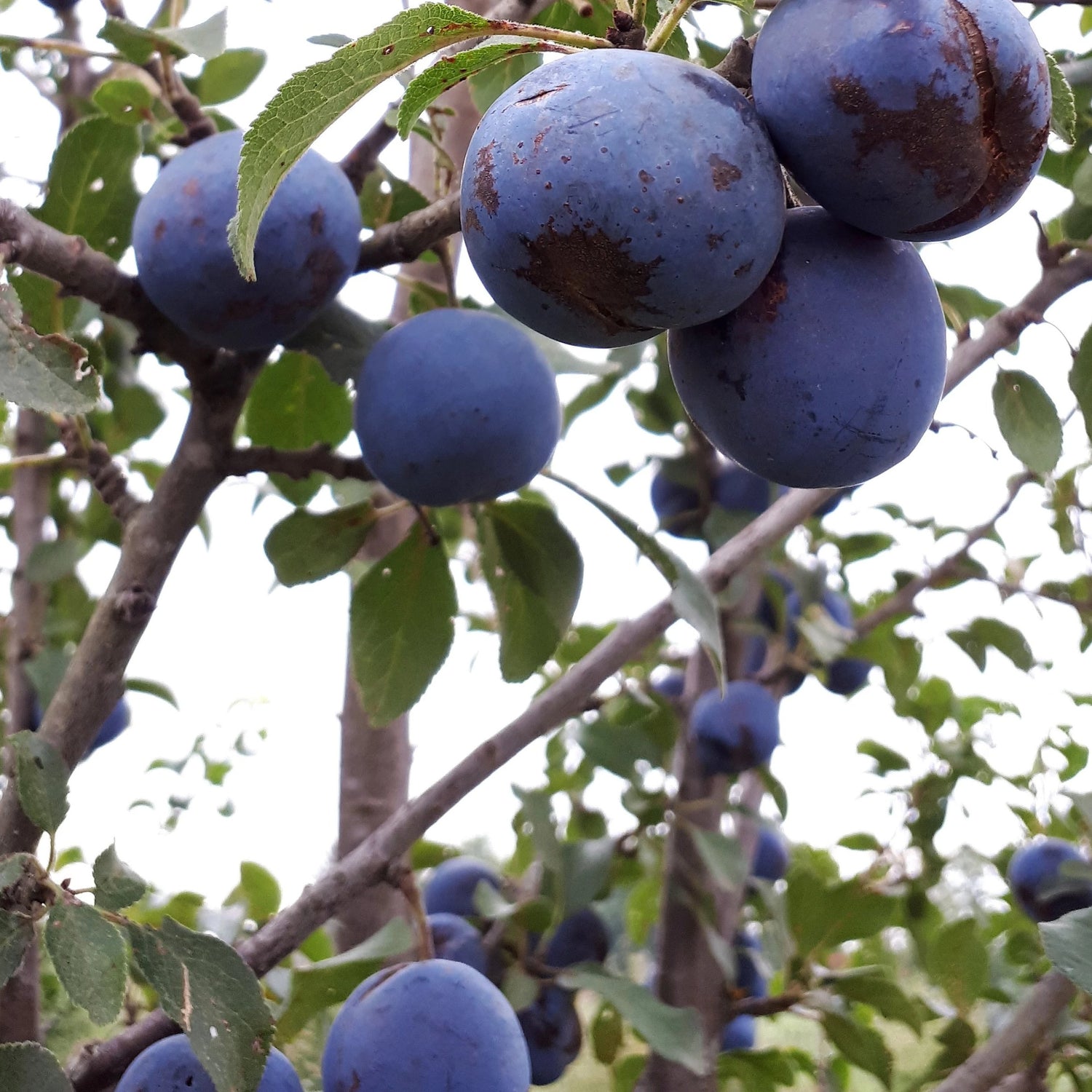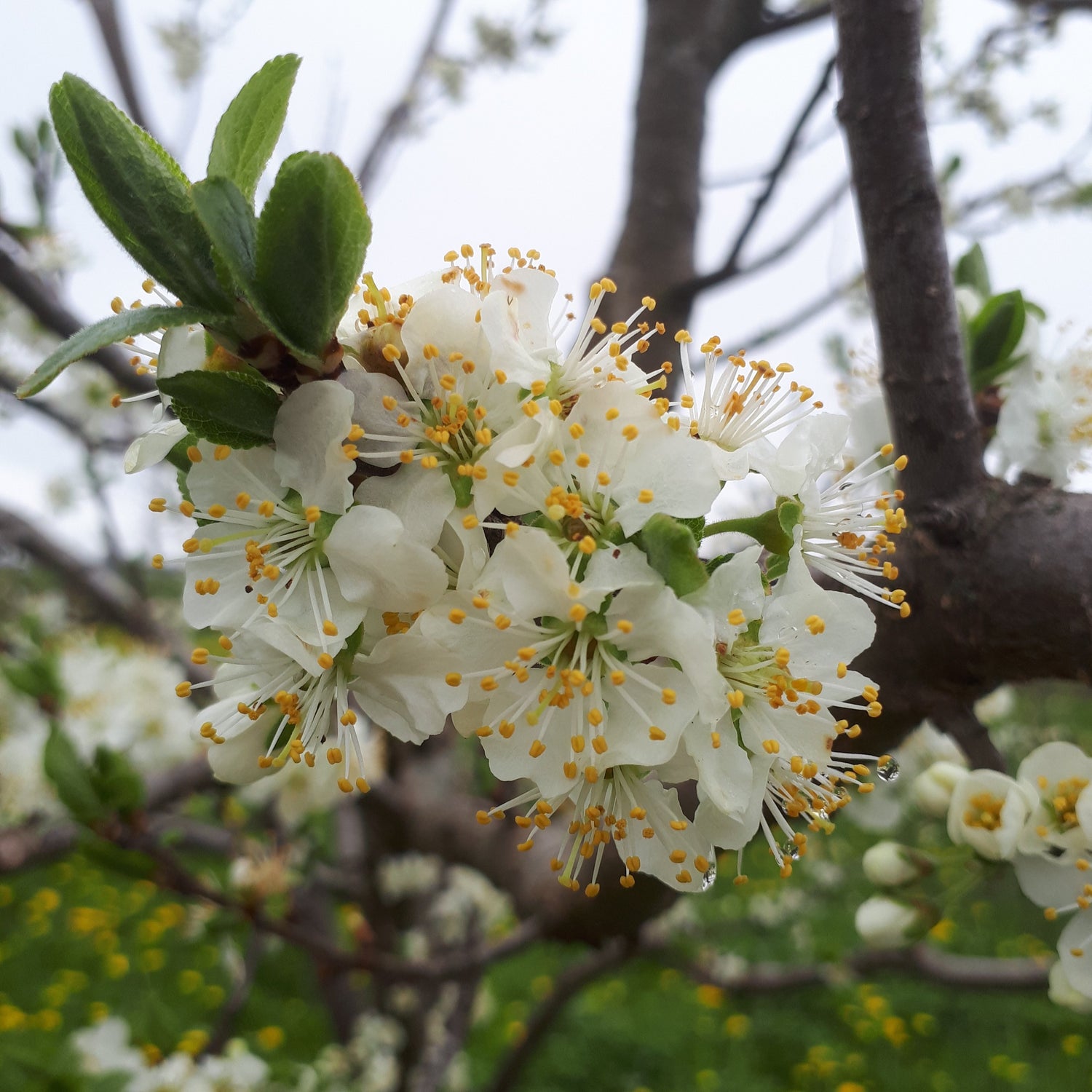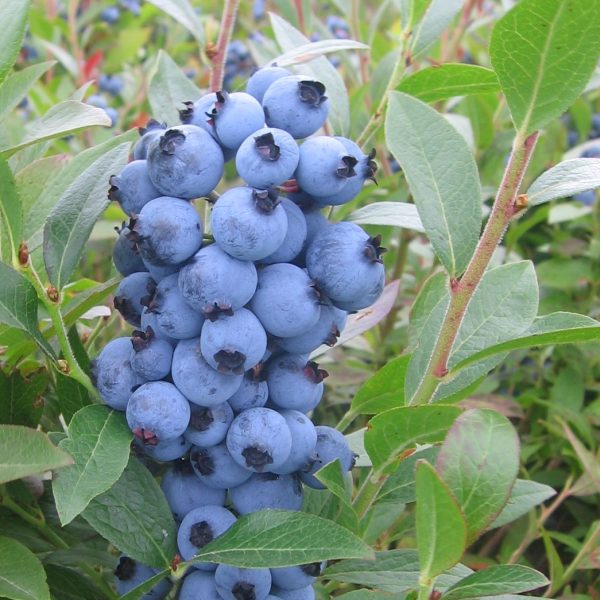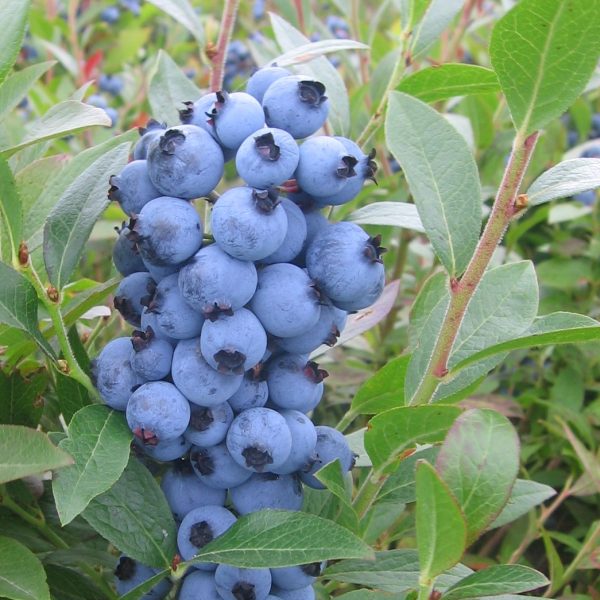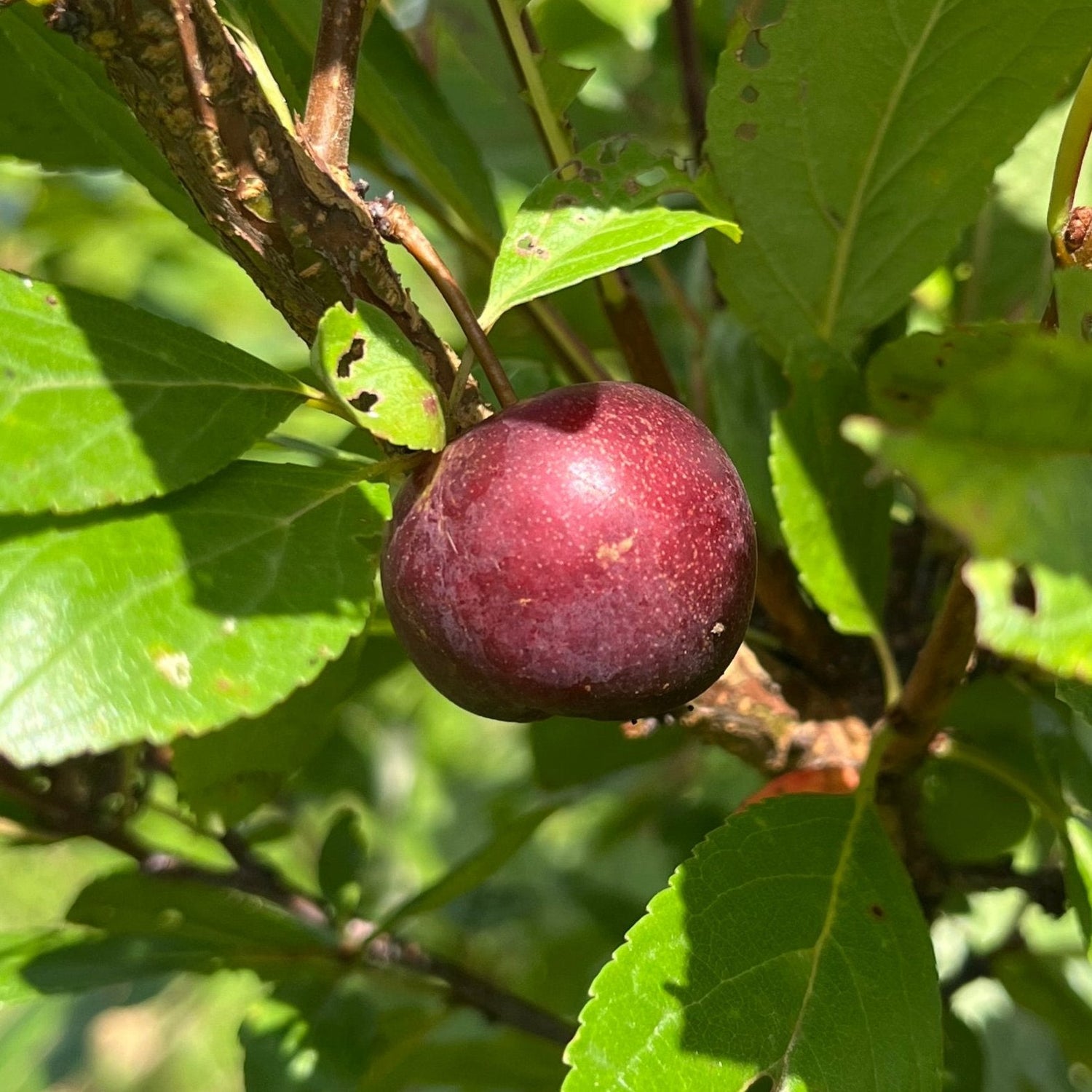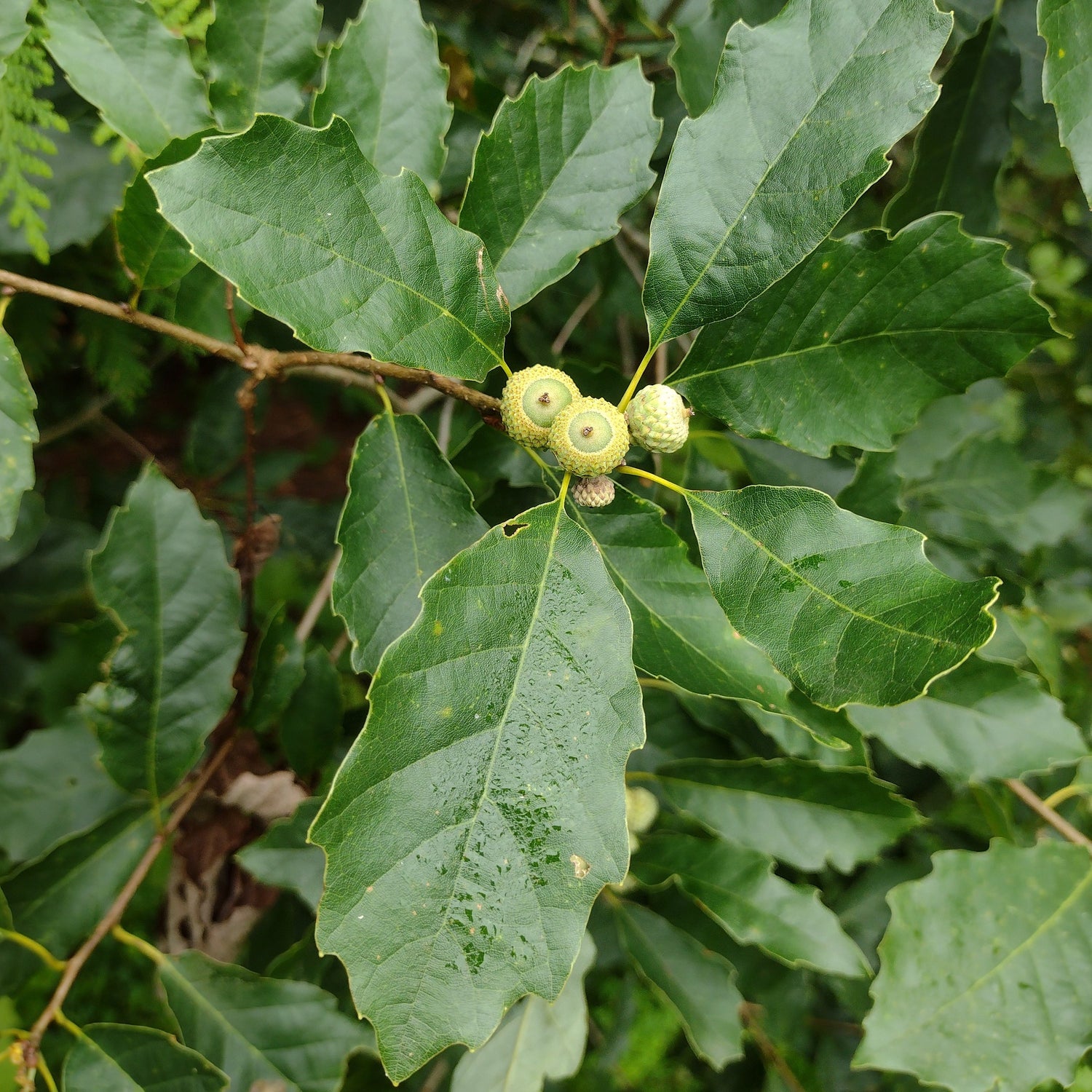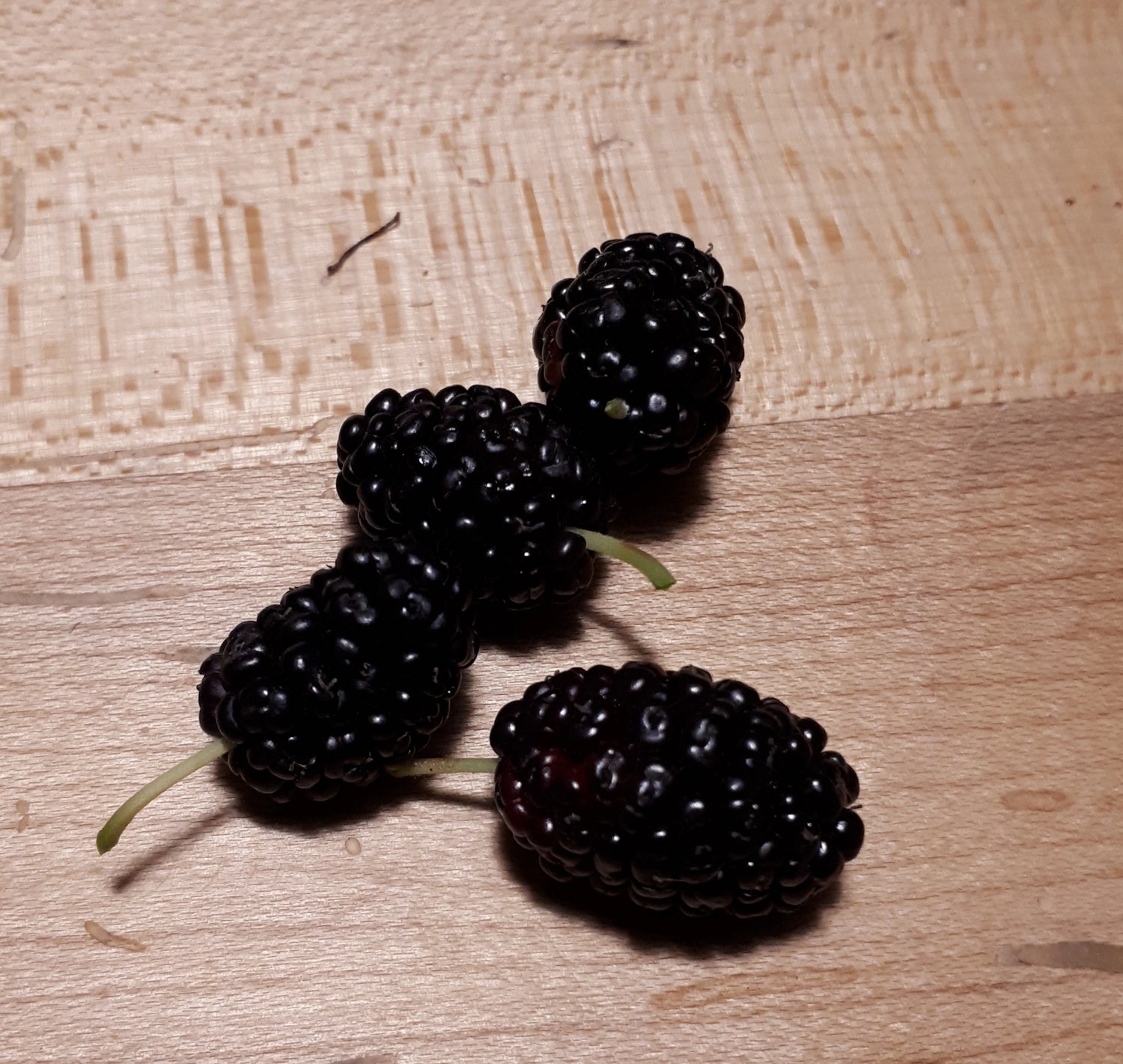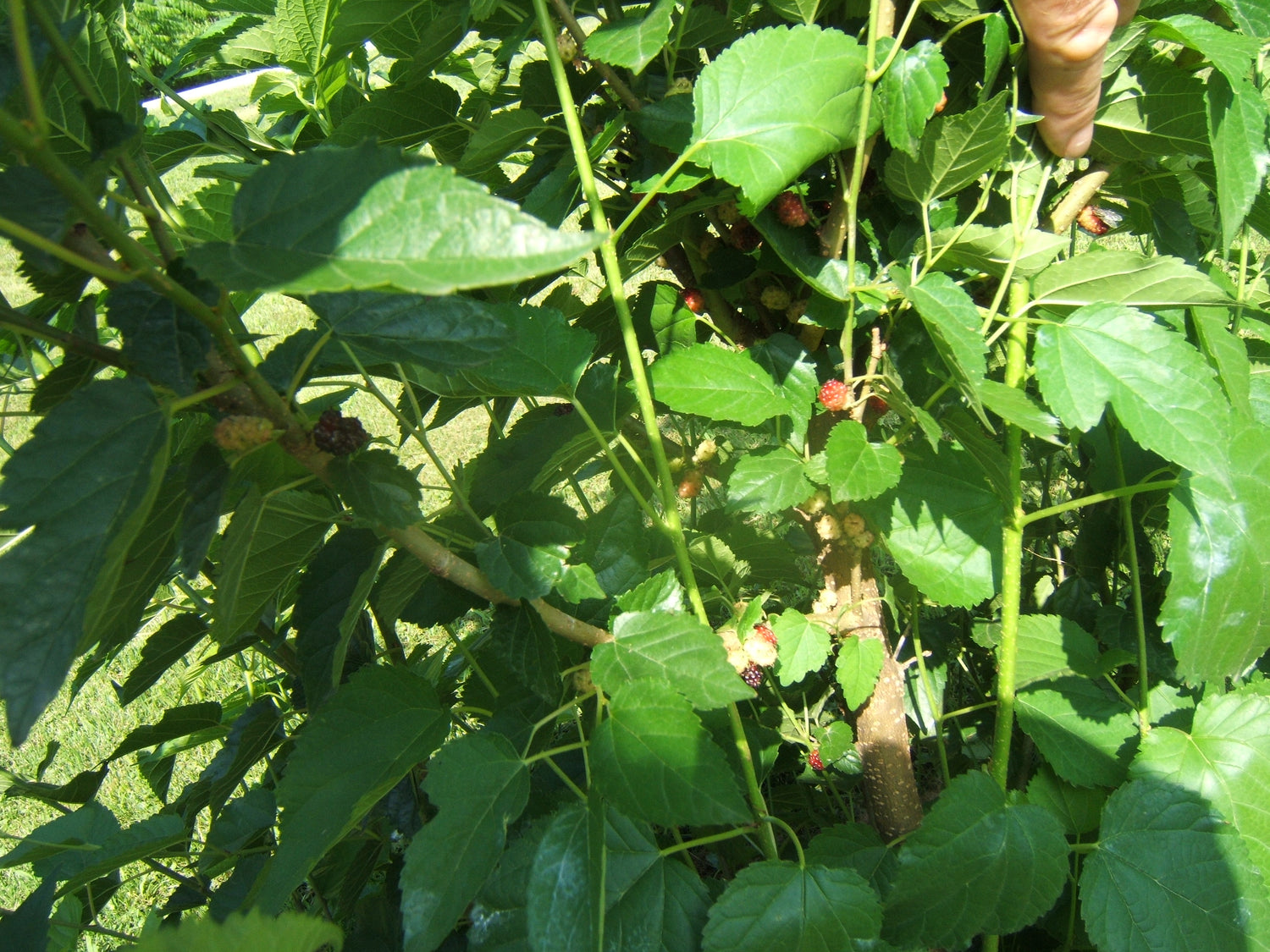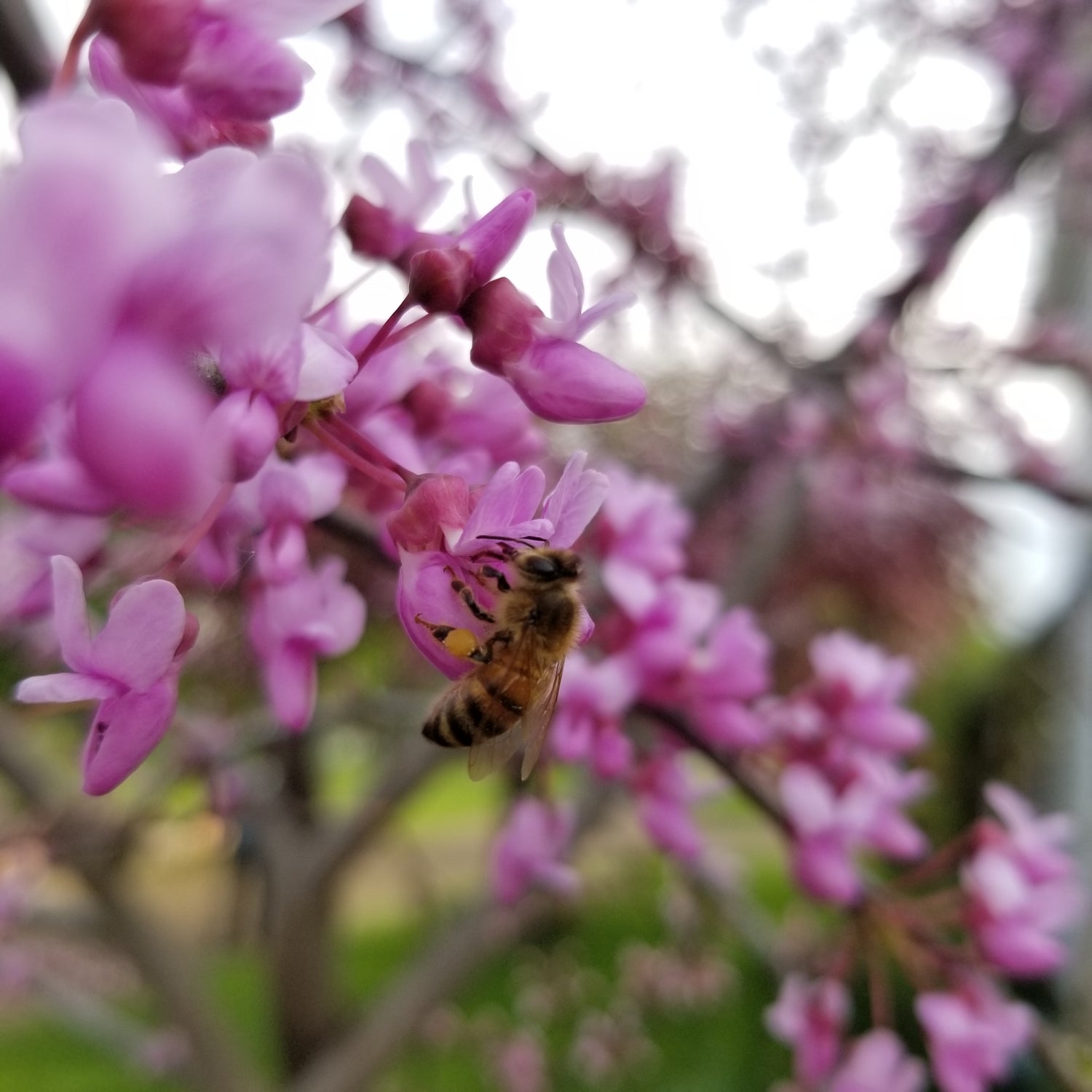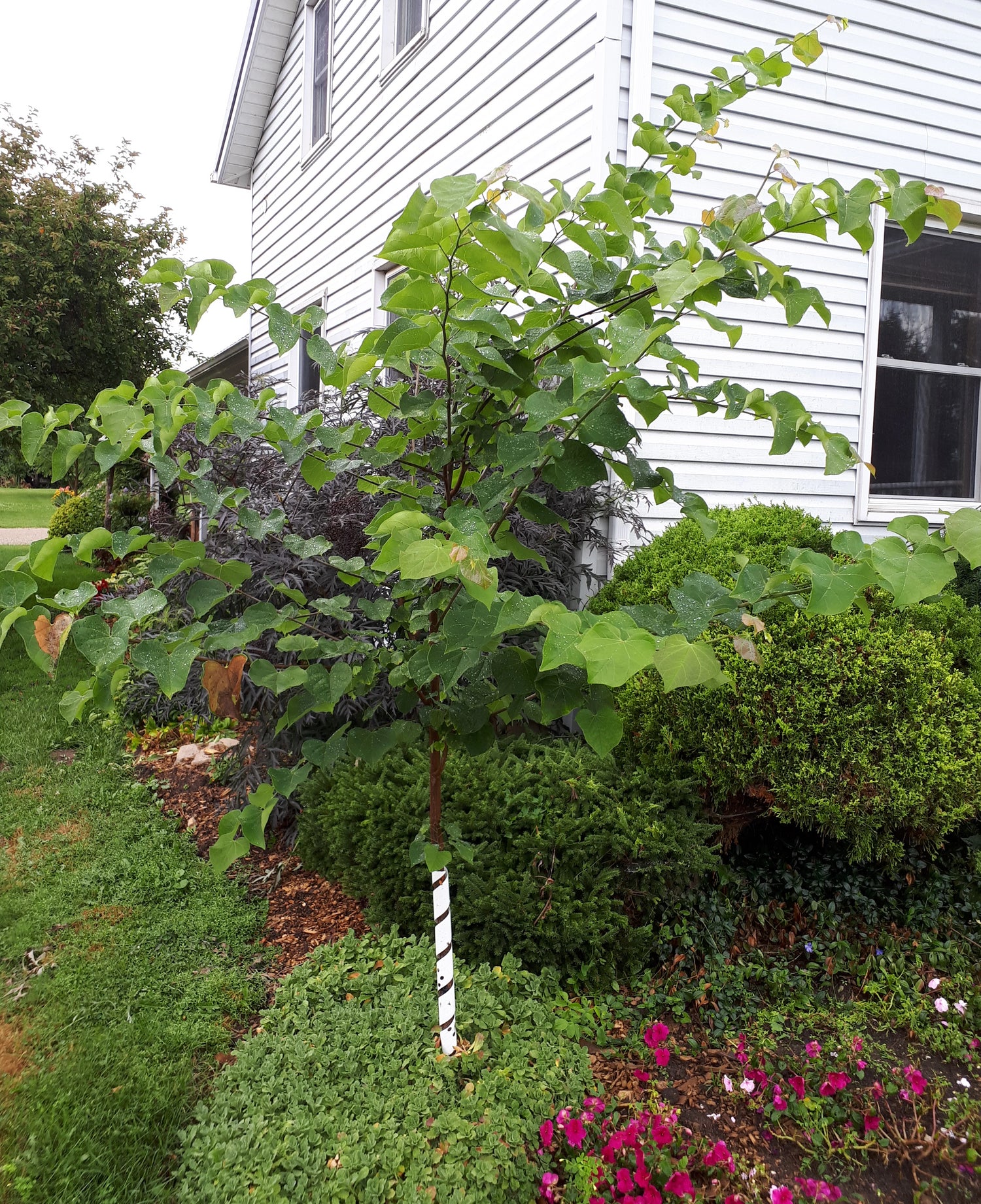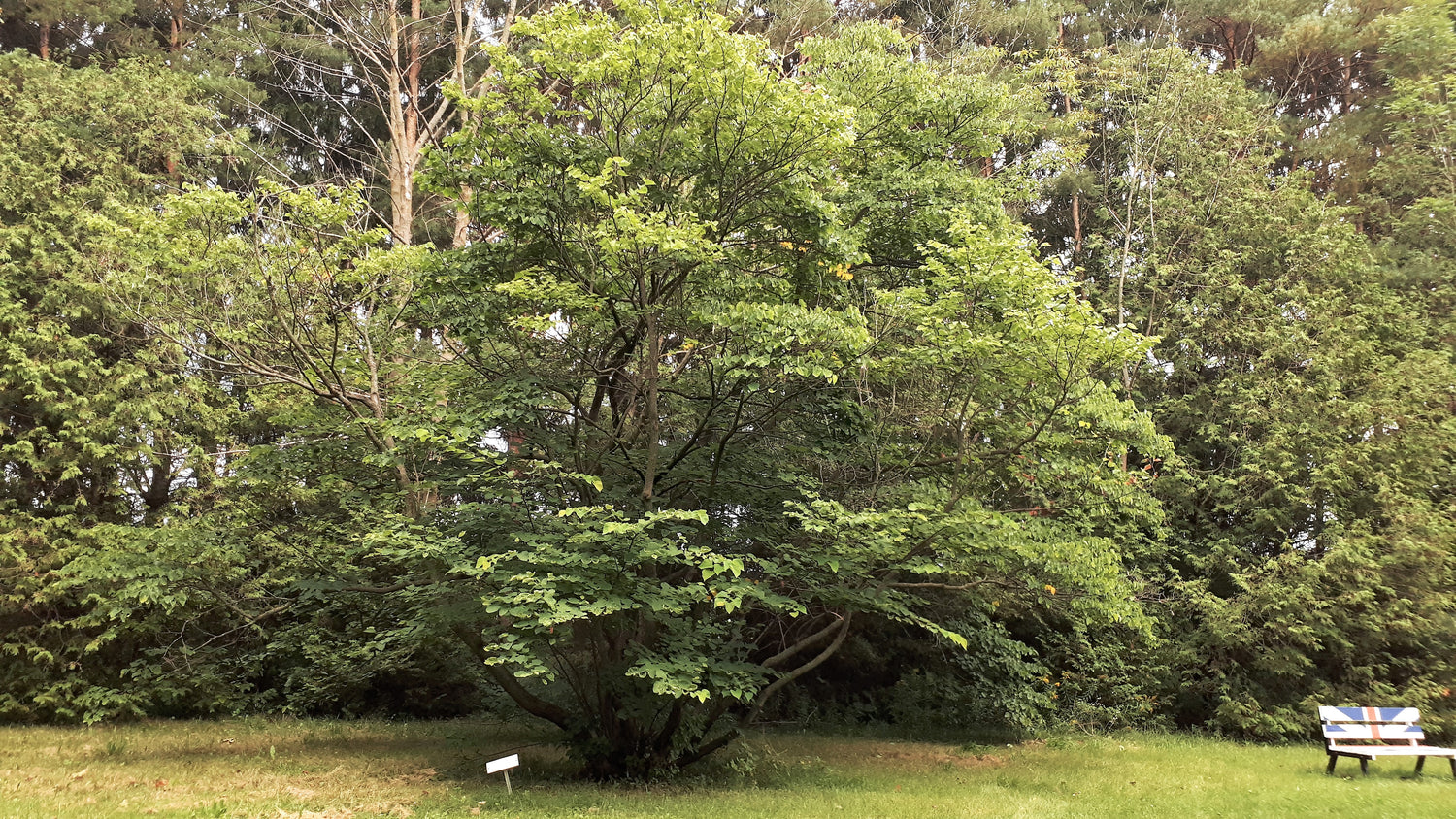Baking & Cooking Favourites
Sort by:
241 products
241 products
Species: Juglans cinerea or hybrid. NOTE: Butternuts are known to hybridize readily with other closely related species so there is no guarantee on whether these seedlings are pure, though the mother trees appear very true to type.
History: Butternut is an endangered tree native to southeastern Canada and the eastern United States where they grow naturally along sunny stream banks with rich, well-draining soil. The nuts have been used as a source of food and made into a butter-like oil by indigenous peoples. The trees have also been used for making syrup, furniture, and woodcarving. 'Butternut' became a derisive term for people living in the southern US since their clothes were dyed using butternuts, and the name later applied to Confederate soldiers. Unfortunately, Butternuts are highly endangered today due to Butternut Canker which has decimated their population within two decades.
Why We Grow It: By planting endangered species, collectively we can help Mother Nature potentially find a naturally resistant variety of Butternut. The nuts are quite similar to other walnuts but with a milder flavour. They can survive in zone 2, but they must be planted somewhere zone 3 or warmer to produce nuts. The sap can be boiled to make walnut syrup, which tastes very similar to maple syrup but with notes of caramel and butterscotch.
Be mindful of the juglones in the in the roots/nut husks, they are toxic to many other species. They require a buffer of about 50'/30m from the edge of the trees canopy for juglone-sensitive plants. This article from The Garden Hoe has a helpful list of plants that tolerate juglones. However there are recent (2019) studies showing healthy soil high in organic matter and mycorrhizal fungi actually reduce the toxicity of juglones suggesting many plants can grow below juglans species in a healthy ecosystem - it will be interesting to see more study done in this area!
History: Calville Blanc d'Hiver was discovered in France and first documented in 1598. It spread to other countries and was even grown by Thomas Jefferson in Monticello.
Why We Grow It: Known for its rather misshapen and lumpy appearance and the odd red splotches on its green skin, this apples exterior belies a strong, sweet-sharp flavour that makes it great for fresh eating, cooking, and cider. Some claim it rivals Bramley's Seedling as one of the best cooking apples with the added benefit that, unlike Bramley's, it holds its shape when baked or cooked. It is also boasts a high Vitamin C content.
History: Canadian Harmony peaches were developed at the Harrow Research and Development Centre in Ontario and released in 1968.
Why We Grow It: In our quest to bring the most cold-hardy peaches to our Canadian growers (you!), we added yet another excellent peach variety to the line-up. With large, freestone fruit of good quality, Canadian Harmony is hard to turn down. It is a great all-around peach that is good for eating, baking, and preserving; just about anything you can do with a peach. It is less suitable for big growers because of soft flesh, but well-suited for the backyard, yielding juicy, flavourful fruit with good sweetness.
Bare Root Peach Trees
We are very pleased to be able to offer peach trees to our customers. They are both challenging and rewarding plants to grow. However, due to the unique challenges of growing peach trees, and the increased care required for their success, we regrettably cannot offer our standard 90 day guarantee on peaches. Please inspect your peach trees to your satisfaction when you pick them up at the nursery, or immediately upon arrival if they are shipped. For shipped trees, make your claim within 7 days of receipt of the trees. After 7 days of receipt, you will have been deemed to have accepted the trees in as-is condition.
History: Carmine Jewel is one of several dwarf sour cherry shrubs developed at the University of Saskatchewan in an effort to combine cold hardiness, dwarf stature, and good quality fruit into one variety. This effort was started by Dr. Kerr (for whom Kerr applecrabs were named) in the 1940s and Carmine Jewel was released in 1999. It is considered the hardiest of the cherries they developed. Carmine Jewel cherries are now the most commonly grown commercial cherries in the prairies.
Why We Grow It: Carmine Jewel is a notably productive cultivar with small cherries that have a high flesh-to-pit ratio. Thanks to their firm flesh, they are a preferred variety for freezing and drying. The shrub is on the smaller size, reaching 6-7ft once mature, great for anyone who loves cherries but doesn't have a lot of space!
Species: Vaccinium corymbosum
History: Chandler higbush blueberry was introduced in 1995. It originated in Corvallis, Oregon where it was developed by the United States Department of Agriculture's Agricultural Research Service agency's (USDA-ARS) Blueberry Breeding Program.
Why We Grow It: Chandler produces the largest blueberries in the commercial industry, and plenty of them! They are sweet and juicy despite their size and can be harvested over a long period of time. Blueberries are great for baking, for example Steph made some wonderful black currant and blueberry tarts that are pictured here!
Species: Rubus sp
History: Chester Thornless was created and released as a collaboration between the Agricultural Research Service, USDA, Illinois Agricultural Experiment Station, Ohio Agricultural Research and Development Station, and Maryland Agricultural Experiment Station. It was first bred in Illinois in 1968 and was selected for its thornless nature and cold hardiness. It was later released in 1985.
Why We Grow It: Chester Thornless is easy to grow and rewarding. It produces a reliable bounty of firm, sweet, juicy blackberries that are great for a wide variety of uses.
Pictured on the left: top: Chester, bottom: Illini Hardy
History: Chestnut crabapples were bred at the University of Minnesota in 1949. They are one of about thirty varieties that have been produced by the university's breeding program since it started in 1888.
Why We Grow It: The rosy-red Chestnut crabapple produces fruit that is unusually large for a crabapple with a nutty taste. Unlike other crabapples, it is sweet enough to eat fresh and can be used in cider while still being good for traditional crabapple recipes such as making jellies.
Species: Helianthus tuberosus, Sunchokes are also known as Jerusalem Artichokes or J Chokes
History: Little is known about the origins of Clearwater aside from the fact that it originated in Maine, possibly as a wild plant found in 1988.
Why We Grow It: Clearwater produces smooth, white tubers with a mild flavour that some say borders on sweet. This is a productive variety and the smoothness of the tubers generally makes them easier to clean. Sunchokes can be prepared and eaten in much the same way potatoes can, making them a very versatile food.
Species: Prunus pumila var. besseyi (Western sandcherry) x P. salicina (Japanese Plum)
History: Convoy was released by Boughen Nurseries in Manitoba in 1941. Like other chums, it was bred to produce a fruit with the hardiness of the western sandcherry but the fruit quality of a Japanese plum. Convoy was likely selected for being sweeter than most other chums.
Why We Grow It: Always on the lookout for unique trees, we are happy to offer chums! Convoy is a hardy shrub that produces a clingstone red fruit with yellow flesh. It has a mild sweet flavour that is good for fresh eating but it can also be used for baking, preserving, and canning. The shrub is generally resistant to plum diseases.
History: Cooke's Jumbo originated as a random mutation of an existing quince variety in an orchard in Dinuba, California. It was brought to the attention of the L.E. Cooke Company, for which it was later named, and introduced commercially in 1972.
Why We Grow It: The fruit produced by Cooke’s Jumbo are exceptionally large with greenish-yellow skin and firm white flesh. They are not generally eaten raw, but rather used for baking, jellies, or candied. This is one of the hardiest varieties of quince available.
Species: Prunus persica
History: These seedlings are grown from Coralstar seeds collected from mother trees growing in Ontario. Coralstar was developed through the Fruit Acres Stellar Peach Breeding Program.
Why We Grow It: Seedling fruit trees are a great way to add some diversity and mystery to your garden or orchard! We expect that seedling peaches will be even hardier trees than their parents! The parent variety, Coralstar, is hardy and great for fresh eating and canning.
Please Note: Since peaches tend to stay true to type more than apples, these seedlings will likely bear a strong resemblance to their parent variety. However, any specific information listed on this page should be taken with a grain of salt as there may be some variation from the parent tree.
Species: Helianthus tuberosus, Sunchokes are also known as Jerusalem Artichokes or J Chokes
History: Corlis Bolton Haynes discovered a wild sunchoke growing on the farm her parents purchased in 1925 and then spent over sixty years selectively planting the biggest and smoothest tubers in order to improve on the plant. Corlis sadly passed away in 2003 but her family maintains the tradition of only replanting the biggest and best tubers.
Why We Grow It: This variety produces large, white, knobby tubers that like a potato can be prepared and eaten in a variety of ways! This variety is quite productive and the tall plants can be used as a temporary windbreak and/or privacy screen.
Species: Cornus mas
History: Cornelian Cherry (aka Cornel) is a dogwood species native to parts of Europe and Asia. The berries were traditionally used mainly in cooking and to make jams and alcohol and have also been used in traditional Chinese medicine along with the leaves. The wood is quite dense (it sinks in water!) and has been used to make tool handles, machine parts, weapons in Ancient Greece, and the sticks traditionally carried by the mounted herdsman in the Maremma region. In the UK there was some interest in its use as a garden plant starting in the mid 1500s but interest has mainly grown in the last century or so.
Why We Grow It: A novelty among the dogwoods, Cornelian Cherries produce small, red fruits that resemble cherries. The acidic fruit can be eaten fresh when they're quite ripe but are primarily used for cooking and preserves, similar to cranberries. They are also attractive ornamental plants, producing clusters of bright yellow flowers very early in the season.
History: Cortland apples were first bred in 1898 by Cornell University in New York and introduced in 1915. Since then, they have become one of the top fifteen apples in the US and Canada, although the majority are still grown relatively close to the university where they originated. Cortland Nova Red is a redder sport of the original Cortland apple, making a more attractive fruit for those who value red apples.
Why We Grow It: Cortland is a sweet apple with crisp, juicy flesh. It is great for applesauce or drying as the flesh is slow to brown. The fruit keeps until Christmas under home storage conditions although the crispness and flavour does fade over time. This variety crops well annually and makes a good pollinator for others. The redder skin on this sport is quite attractive!
History: Cortland apples were first bred in 1898 by Cornell University in New York and introduced in 1915. Since then, they have become one of the top fifteen apples in the US and Canada, although the majority are still grown relatively close to the university where they originated. While there are different versions of Cortland available with features such as redder skin, we are happy to offer the original!
Why We Grow It: Especially with older, popular varieties, we are always happy to offer what is, to the best of our knowledge, the original strain. Cortland is a sweet apple with crisp, juicy flesh. It is great for applesauce or drying as the flesh is slow to brown. The fruit keeps until Christmas under home storage conditions although the crispness and flavour does fade over time. This variety crops well annually and makes a good pollinator for others.
History: Cox's Orange Pippin was first grown in England in 1830 and was named after the retired brewer and horticulturalist who first bred it, Richard Cox. Its excellent flavour has earned it a spot as one of the best fresh eating apples in England where it has remained popular ever since. In fact, it still accounts for over 50% of fresh eating apples grown in the UK today. Despite its reputation, it is seldom grown commercially in North America due to its precocious nature and susceptibility to many common apple diseases.
Why We Grow It: This apple's reputation is hard to ignore with its sweet, subtle, aromatic flavour and attractive orange-red skin. Not only is it good for fresh eating, it is also popular in cider blends.
History: Crimson Passion dwarf sour cherries are one of several dwarf sour cherries developed and released by the University of Saskatchewan with the goal of creating sour cherries that were cold hardy, shorter in stature, and produced good quality fruit. This initiative began in the 1940s and Crimson Passion was released as part of the Romance series in 2004. It is the sweetest of the Romance series cherries.
Why We Grow It: Crimson Passion produces large sweet fruit, excellent for fresh eating or processing. It contains the same sugar content (20-22 Brix) as sweet cherries, but also contains the tangy flavour of sour cherries, combining the best of both worlds into one cold-hardy shrub. This variety reaches up to 10' at maturity, great for anyone with limited space.
Check our our blog post with some tasty sour cherry recipes!
2025 Staff Favourite
Cripps Pink Apples are Jodi's favourite this year! She has this to say about this variety: “I really like Cripps Pink for its crisp/crunchy bite texture along with its sweet-tart flavour. To top it off, they store well so I get to enjoy the crunch of them well into winter.”
All Staff Favourites are 20% off. The Staff Favourite Discount cannot be combined with other quantity discounts.
History: Cripps Pink was developed by John Cripps at the Western Australia Department of Agriculture in 1973 as a cross between Lady Williams (an Australian variety) and Golden Delicious. The successful result was introduced to the market in 1985. In just ten years, Cripps Pink became an extremely popular variety and over a million trees were planted in Australia alone. This variety remains popular in many countries around the world. This apple is also known as Pink Lady which is its brand name when the fruit meets very strict criteria for quality.
Why We Grow It: Cripps Pink has a refreshing honeyed sweet-tart flavour that makes it great for fresh eating, baking, and cider. The lovely fruit, yellow with a pinkish-red blush, is slow to brown and also stores exceptionally well.
History: Cupid is a part of the Romance series of dwarf sour cherry bushes developed and released by the University of Saskatchewan in 2004. Their goal was to create cold-hardy, dwarfing bushes with good quality fruit. Cupid was likely selected for its good flavour and unusually large cherries, the largest in the Romance series.
Why We Grow It: These dark red, cold-hardy cherries have a sweet-tart flavour that can be enjoyed fresh for fans of a more astringent flavour or used for cooking, baking, and preserving. Cupid has the largest cherries of all the dwarf sour cherries in the Romance series and also ripens the latest, helping to extend the season.
History: This European plum has contentious origins, making it difficult to determine if it is very old or extremely old. The name 'damson' stems from the Latin 'damascenum' meaning 'plum of Damascus.' As the name implies, some believe this plum may have come from the ancient city of Damascus and was brought to England by the Romans, making this plum thousands of years old. While this theory has been highly contested, there is ample evidence to prove that Damson plums have been grown in England for hundreds of years. It was introduced to the US in 1800 and was a a favourite due to its adaptability to its new home.
Why We Grow It: Damson produces small round clingstone fruit with a deep blue/purple skin and spicy yellow flesh. They are sweet enough to eat but also have some astringency which makes them less palatable than other varieties. However, they are superb for cooking, preserving, and making jam. The tree blooms late which allows it to avoid early frosts and this variety is self-fertile.
Species: Prunus sp
History: These seedlings are grown from Damson plum seeds collected from our orchard. Damson is a plum that may stem from antiquity!
Why We Grow It: Seedling fruit trees are a great way to add some diversity and mystery to your garden or orchard! The parent variety, Damson, produces small blue fruit that are sweet and a little spiced. They are suitable for fresh eating and great for jams, preserves, etc. For a more detailed description, see the Damson page on our website here.
Please Note: Since plums tend to stay true to type more than apples, these seedlings will likely bear a strong resemblance to their parent variety. However, any specific information listed on this page should be taken with a grain of salt as there may be some variation from the parent tree.
History: Delbarestivale was developed by Delbard, a nursery in France, in the 1950s. Likely named as a portmanteau of 'Delbard' and 'estivale' (translated from French as 'summer') due to its early ripening time, this variety goes by many other names including Delcorf, Monidel, Dalili, and Ambassy. It was bred in an attempt to create an improved version of Golden Delicious. Although not quite as popular as Golden Delicious, it is still grown commercially in parts of France and England and the Royal Horticultural Society awarded it the Award of Garden Merit in 1998.
Why We Grow It: This French apple is very sweet but balanced nicely with a sharp flavour. The flesh is aromatic and crisp and the skin is a lovely, stripey bi-colour with reddish streaks overlaying green. The apples store quite well for an early-ripening variety, although they do tend to bruise easily.
Why We Grow It: Discovery is a slightly sweet apple with noticeable acidity, and under optimal conditions it can have a strawberry flavour. Like many early apples, it is great for sauce. The fruit is on the smaller side and has a flatter shape with greenish-yellow skin overlaid with a bright red blush. The red can sometimes stain the cream-coloured flesh inside, providing some visual appeal. The tree boasts some resistance to scab and although it can take a while to start bearing fruit, once it does it bears quite reliably.
Species: Vaccinium corymbosum, hybridized with V. ashei and V. darrowi
History: Draper blueberries were developed at Michigan State University by renowned plant breeder James Hancock who has also developed several other notable blueberry varieties and other fruits such as the Redhaven peach. He worked with Arlen Draper, a blueberry breeder from the US Department of Agriculture, for 14 years to breed and test different varieties for commercial use, picking Draper due to its many excellent qualities. Named for Arlen Draper, this variety has quickly become an extremely popular commercial variety due to the size and quality of the fruit.
Why We Grow It: Draper produces large, firm fruit with an excellent sweet flavour. They are great for eating fresh or can be used in baking, jams, etc like other blueberries! The large size of the berries makes them good for u-pick orchards and the bushes stay slightly smaller than other highbush varieties! They also store better and longer than other blueberry varieties and ripen at the same time.
History: Duchess of Oldenburg, or Duchess as we like to call it, originated in the 1700s in Russia. It spread to other countries where it became popular, especially in Victorian England. Its popularity was so great that at one point it was used as a reference cultivar when evaluating other varieties of apples. It is also likely the parent of several other varieties such as Northern Spy.
Why We Grow It: Duchess boasts an attractive fruit that is striped and mottled red over light green. Although these apples don't store well, the flesh is soft and is excellent for pies and applesauce. The trees themselves are quite hardy and disease resistant.
Species: Vaccinium corymbosum
History: Duke was developed in Maryland by Arlen Draper, a blueberry breeder working for the USDA, in collaboration with the New Jersey Agricultural Experiment Station. After ten years of testing it was released in 1987 thanks to its early ripening time, general disease resistance, reliable crops, and suitability for commercial sale. It was named Duke after S. Arthur "Duke" Galetta of the Atlantic Blueberry Company in honour of his support for blueberry breeding efforts over the years.
Why We Grow It: Duke produces good-sized crops of large, firm berries that are a good balance of sweet and tart. This is one of the earlier ripening blueberries and it has received the Royal Horticultural Society's Award of Garden Merit. Duke is an extremely reliable producer thanks to it's later bloom time that allows it avoid late spring frosts. Like other blueberries, it is great for a variety of uses including fresh eating, baking, and preserving!
Species: Prunus pumila var. besseyi (Western sandcherry) x P. salicina (Japanese Plum)
History: Dura was developed at the Morden Research Station in Manitoba and was released in 1942.
Why We Grow It: Dura produces small red fruit with sweet mauve flesh. They are good for eating fresh along with cooking/baking, preserving, and juice! This hardy shrub is generally disease resistant and is naturally dwarfing.
Species: Quercus prinoides or hybrid. Our seeds are collected from trees that may have been cross-pollinated by closely related species so the resulting seedlings may be hybrids.
History: Dwarf Chinquapin Oak (also spelled Chinkapin) is native to southern Ontario and much of the eastern and central United States. It was first described in 1801 by German botanist Karl Ludwig Willdenow but was likely well-known amongst indigenous groups in its range for its edible acorns.
Why We Grow It: Dwarf Chinquapin Oaks are most well known for producing mild sweet acorns that can be eaten raw or processed, making them popular with humans and wildlife alike. They are also quite quick to start producing acorns, only taking 3-5 years where some larger species may take decades.
Species: Morus nigra
History: While the origins of the cultivar itself are unclear, Dwarf Everbearing mulberries can trace their history back to Mesopotamia and Persia where it is believed that Morus nigra originated. It can now be found naturalized in parts of Europe, Asia, and the Middle East where it has been cultivated for its edible properties. As a dwarf variety, Dwarf Everbearing is popular in gardens.
Why We Grow It: Soft and sweet with a hint of musk, it is hard to turn down fresh mulberries! In the right climate, Dwarf Everbearing will cycle in and out of fruiting for 10-12 weeks which gives you even more time to enjoy this lovely treat. It is also perfect for container growing, making a lovely patio plant in the summer and houseplant in the winter when pruned down to 4ft (for optimal fruiting).
Species: Cercis canadensis
History: Native to the eastern United States and parts of central Mexico, this tree may have once been native to southern Ontario but it is no longer found here naturally. It is still a fairly common sight since it has been widely planted as an ornamental tree due to its gorgeous profusion of pink flowers. The flowers and seeds have traditionally been eaten by indigenous peoples and people still enjoy them fresh or fried today, while some use the green twigs for seasoning.
Why We Grow It: This native tree grows well in any soil type, and puts on a show stopping bloom every spring producing millions of edible citrusy flowers. The pods it produces are edible too, and are best enjoyed when the young pods are sauteed or fried. The heart-shaped leaves add another level of appeal to the tree even when it is not flowering.


